




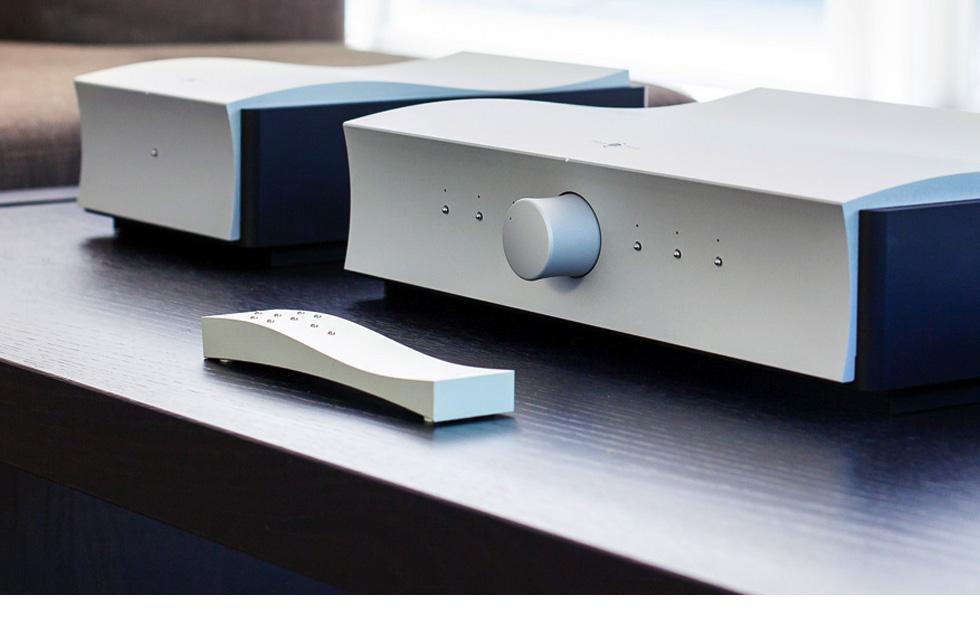

KULA
INTEGRATED AMPLIFIER

MYTEK LIBERTY
DAC
ZMF VÉRITÉ HEADPHONES
ATMA-SPHERE
GEM INTEGRATED SONNET KRATOS AMPLIFIERS AND MORE…


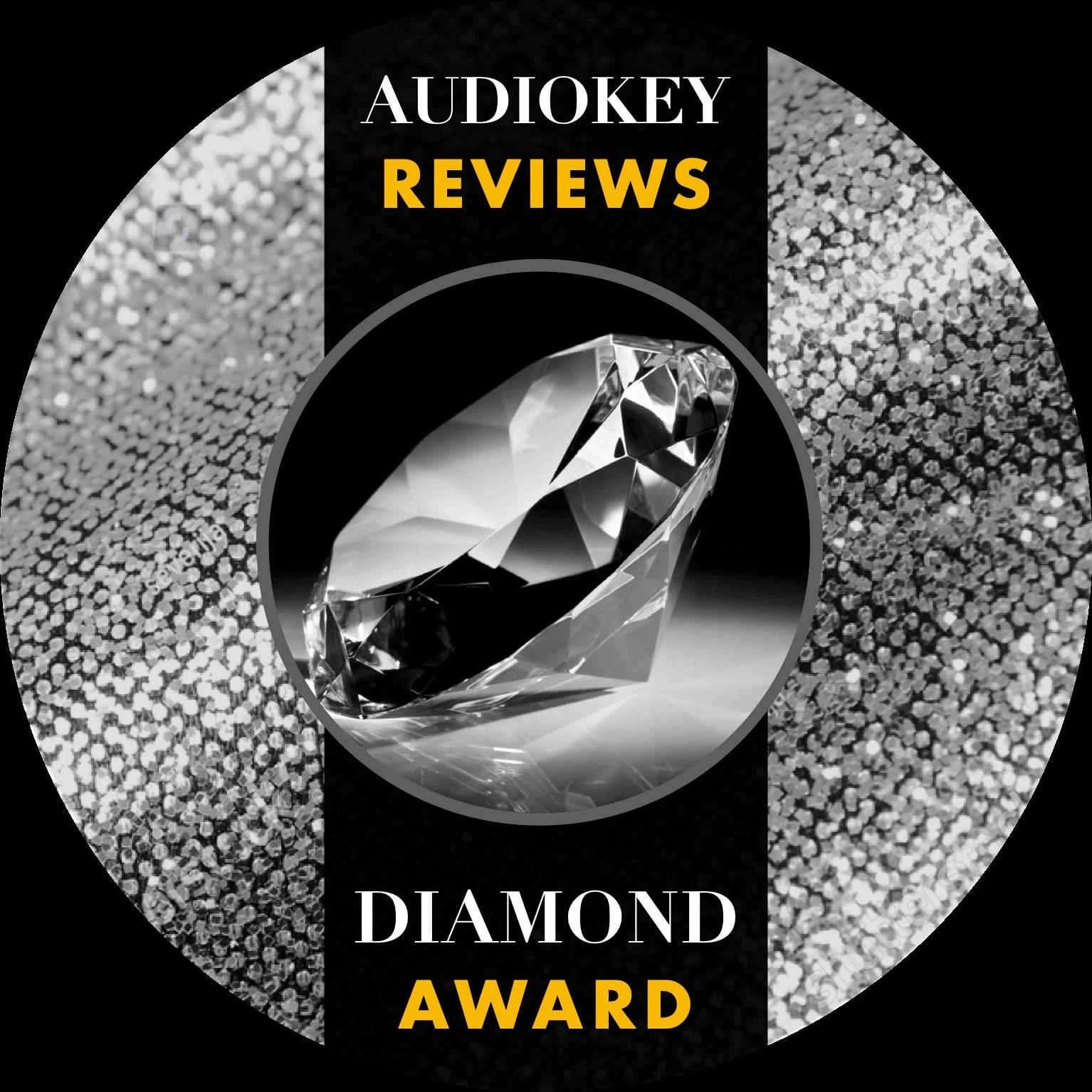

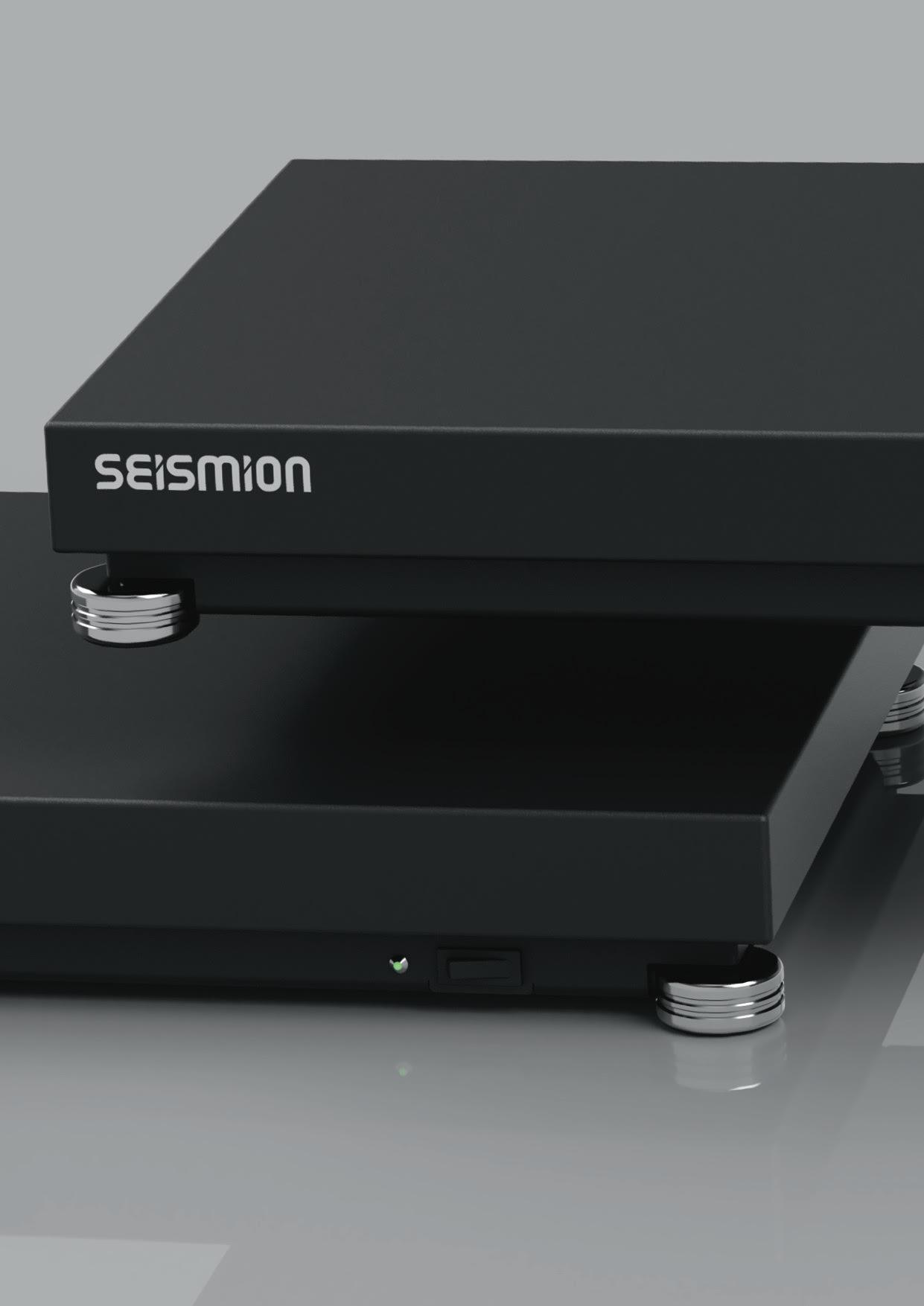
E LECTRIFIED S TABILIZATION P LATFORM


The Last
You’ll Ever Need

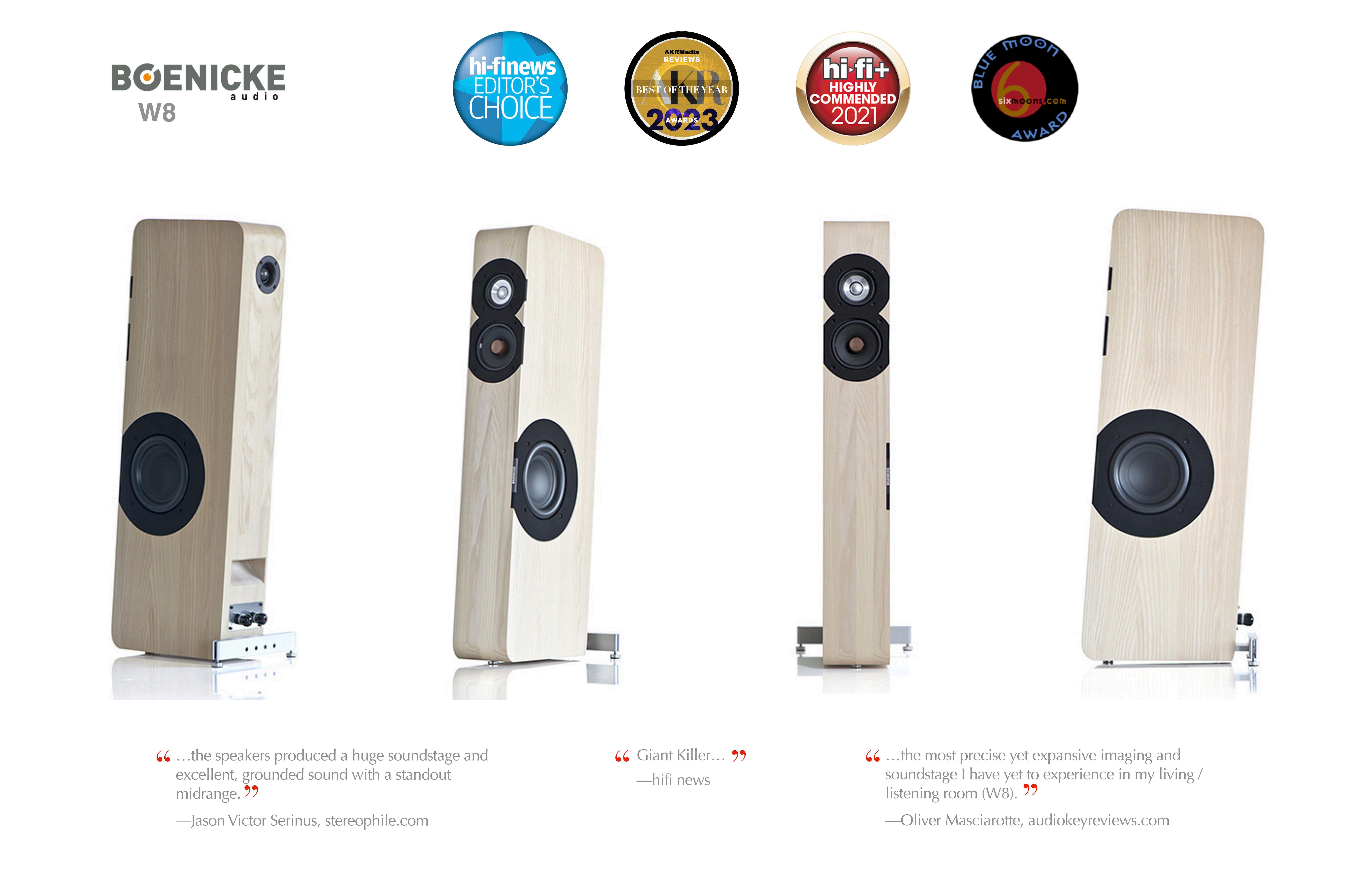




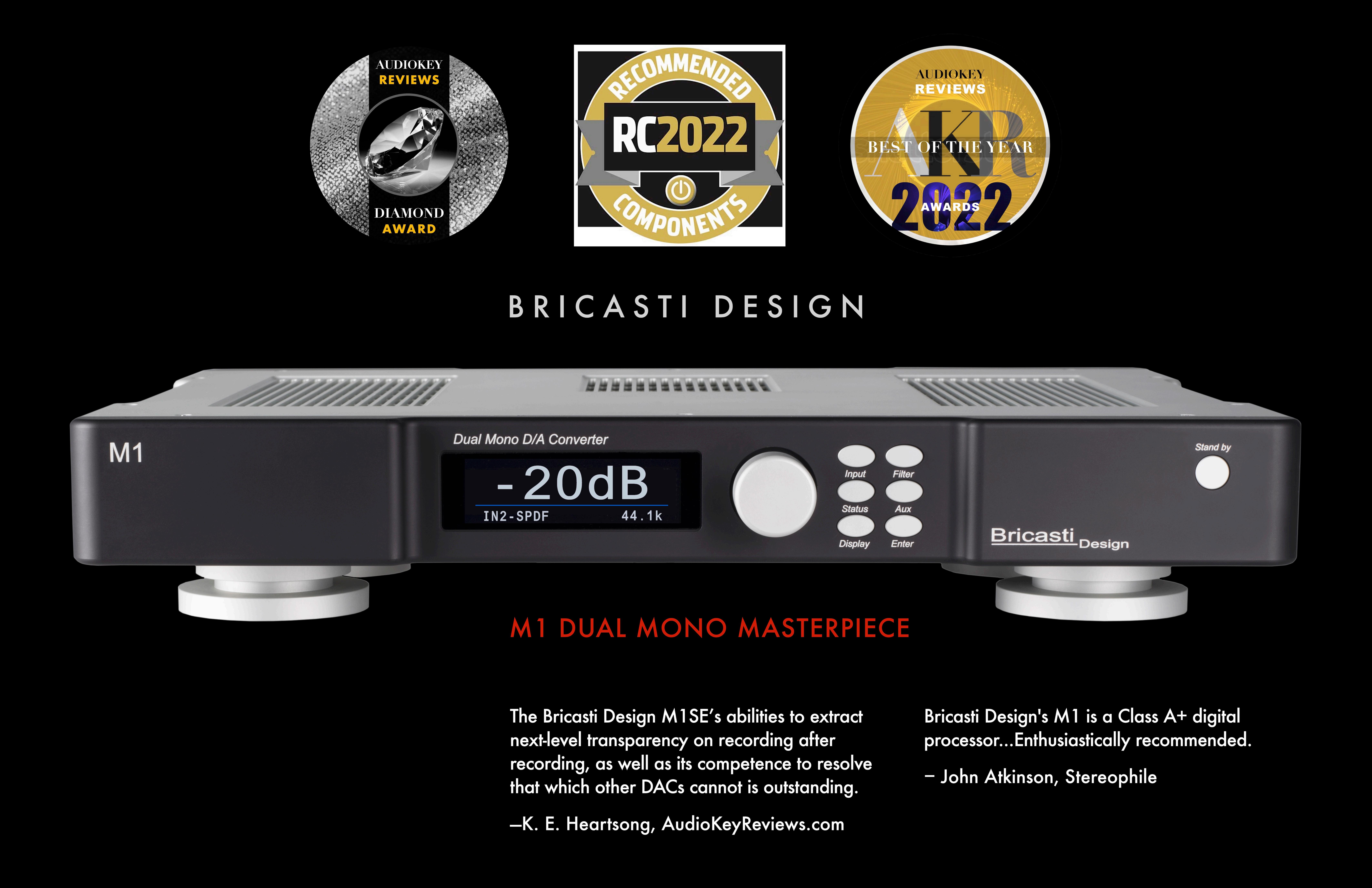

 Vincent Van Gogh - Starry Night Over Rhone
Vincent Van Gogh - Starry Night Over Rhone



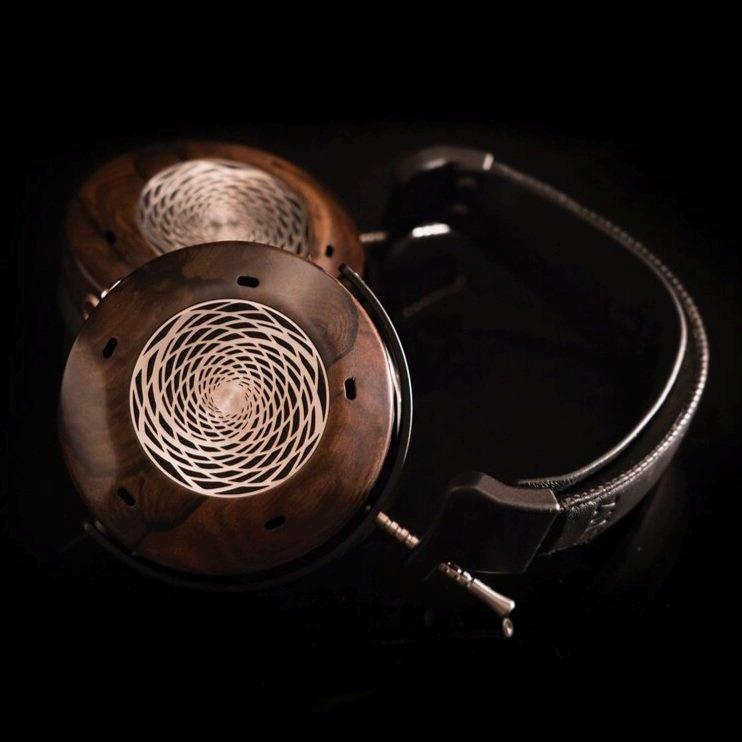
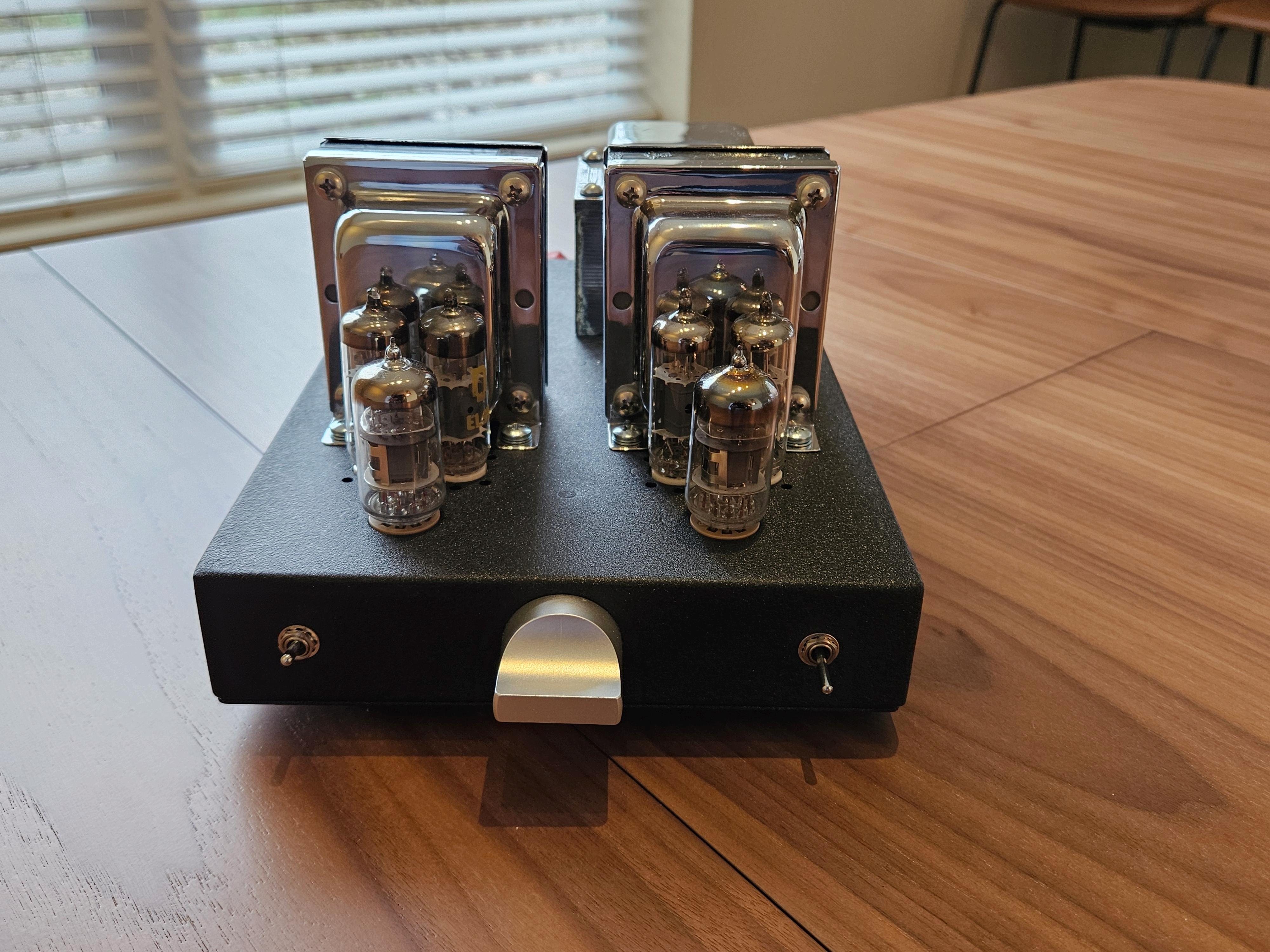
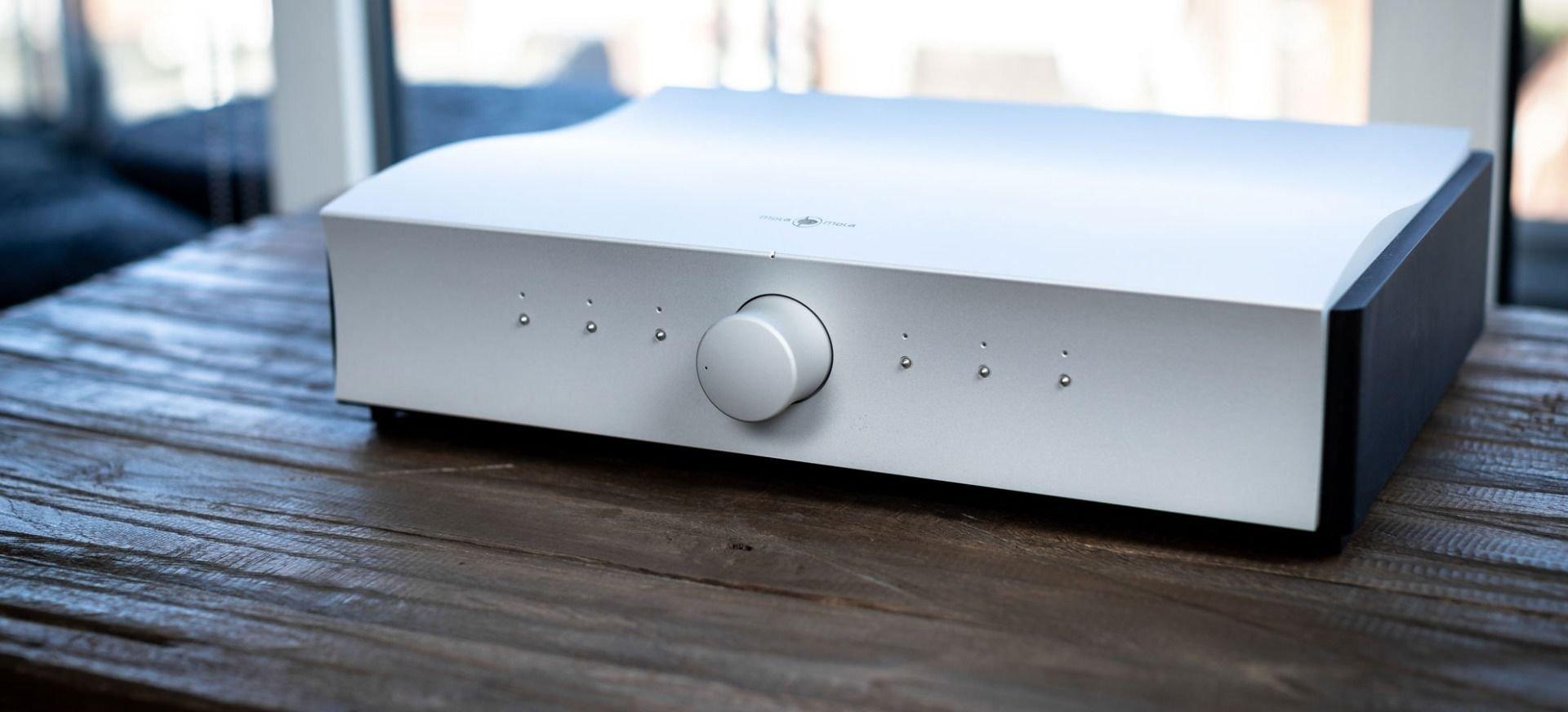

EDITOR'S LETTER
ZMF VÉRITE HEADPHONES
GRACE NOTES - LEONARD COHEN
MOLA MOLA KULA INTEGRATED
ATMA-SPHERE GEM INTEGRATED/HPA
MYTEK LIBERTY DAC
SONNET KRATOS MONO AMPLIFIERS
AUDIO HUNGARY QUALITON PHONO PREAMP


REVIEWS ON OUR WEBSITE

Front Inside Cover: Henri Cartier-Bresson
Back Inside Cover: Wassily Kandinsky - Beide Gestreift
The Other Art. It is my belief that the artist and the musician are not only creatives, but they access heart and soul and experience, perhaps, in the selfsame ways. My own love for art and music are inseparable. And so art, music, and those things which facilitate the music, shall share theses pages.
LETTERS TO THE EDITOR - SEND HERE

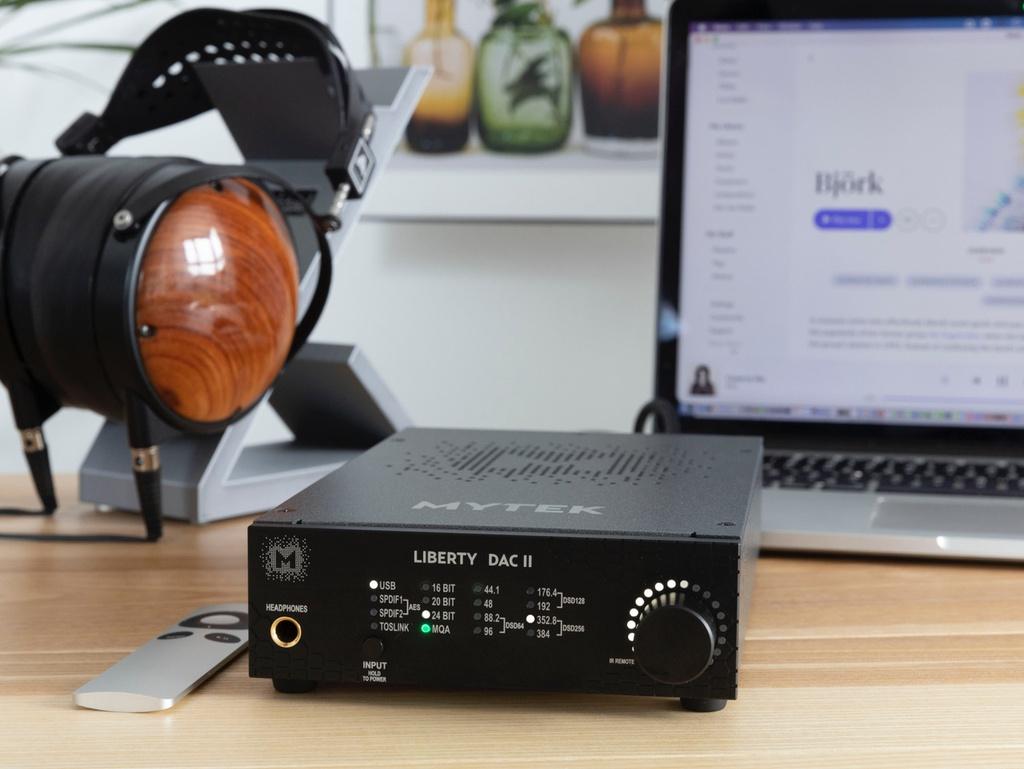
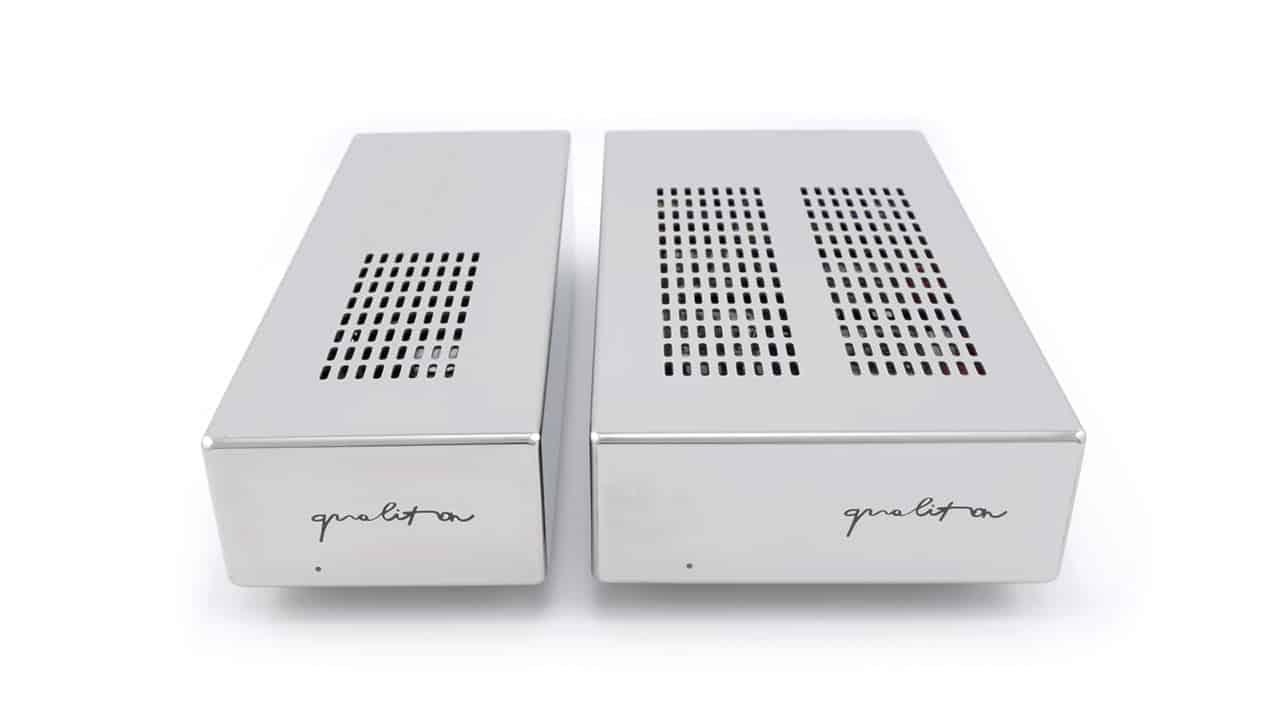

There was more “there, there” with the Kubala Sosna cable loom and in every respect, than any other cable heard to date.
K. E. Heartsong
“ The Kubala-Sosna Emotion interconnects connected me to the music like no other interconnects I've heard, at anywhere near the price.
Robert H. Levi
Positive Feedback Online

The Expressions present music without noticeable boundaries to a stage; sound stages don't erupt from a black background, but from an invisible and expanding one…
Larry Cox
Positive Feedback Online
 Vincent Van Gogh - Irises
Vincent Van Gogh - Irises

We attended AXPONA this year, and it was fantastic. There were far too many rooms to visit them all over the course of the three-day show. No doubt this was a boon for the folks of AXPONA. Kudos! Please visit our write-ups here: AXPONA 2024.
Sound. I have a friend who drove an ambulance, while he studied for and ultimately received his Ph.D. The hearing in his left ear, as a direct result of driving an ambulance, is not very good and unless he’s looking at you, when you speak to him, he can’t hear you. Though not a music lover or, perhaps, not now a music lover, the loss of one’s hearing, late in one’s life would be, no doubt, a rather tragic event regarding music.
He told me, a while back, of a reunion at the ambulance company that he had driven for some 20 years earlier. During the reunion he’d asked the question, “How many of you have issues with your hearing?” Of the 10 gentlemen, seven raised their hands. “It was clear,” he said, “that the other three men simply couldn’t hear me at all. So we had all, to a one, suffered hearing damage”
I'd always wondered what the effects might be of driving an ambulance, for any given period of time, and what that might do to one’s hearing. Well, now I know beyond a reasonable doubt and I am very happy that I never drove an ambulance. Why this topic? Rejoice all you music lovers and audiophiles whose hearing, possibly into their eighties, is still intact, serving you well, and bringing you countless hours of joy and happiness, with libation or not.
Sincerely,
K.E. Heartsong Editor-in-Chief

Publisher/Editor-in-Chief
K. E. Heartsong
Managing Editor
Kathe Lieber
Senior Editor(s)
Andre Marc
Gérard Rejskind - RIP
Reviewer
Oliver Masciarotte
Andre Marc
Columnists
Kathe Lieber
Gérard Rejskind



 HermanMiller
HermanMiller
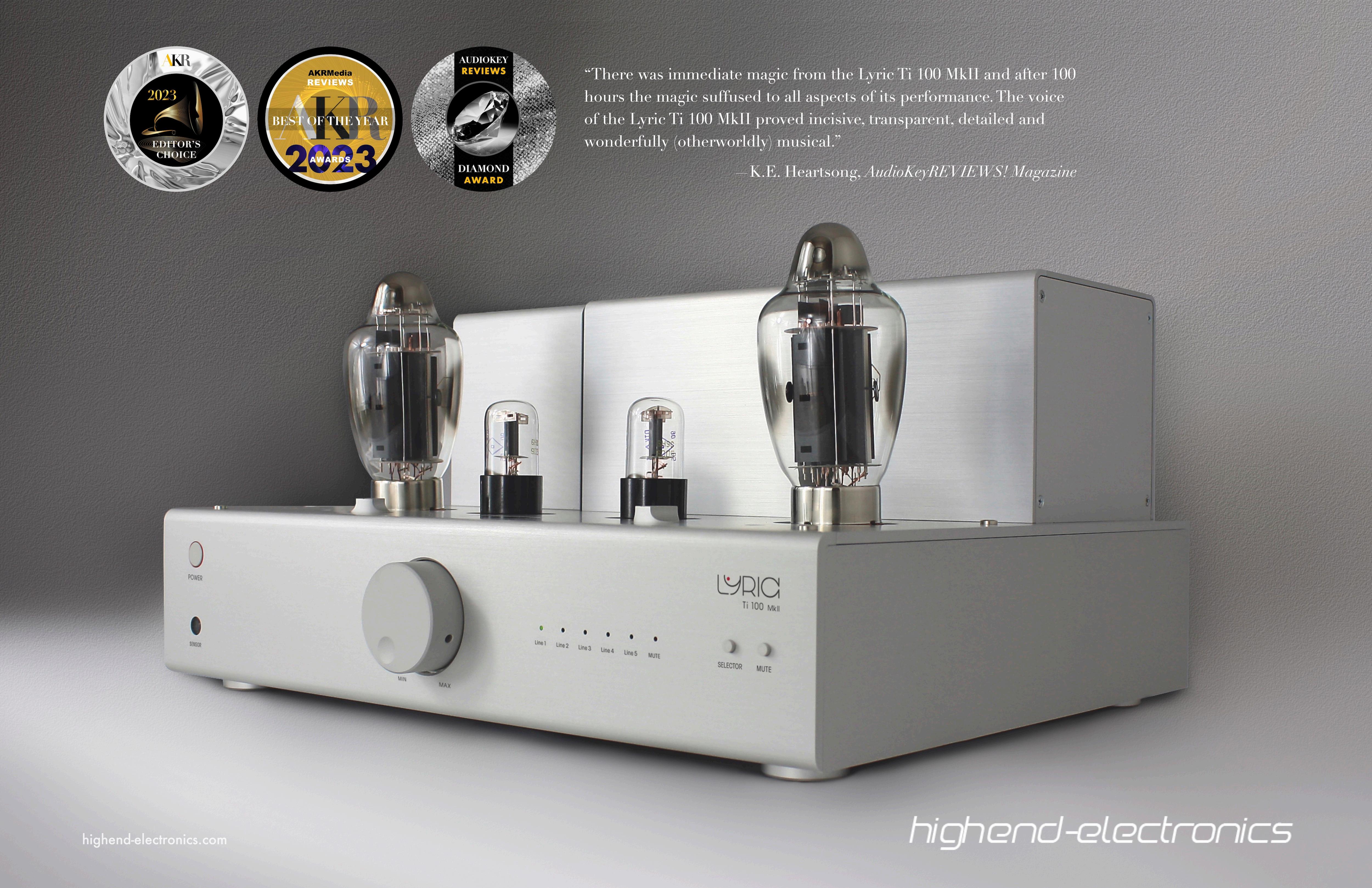

 Claude Monet - Water Lilies the Clouds
Claude Monet - Water Lilies the Clouds



 HermanMiller
HermanMiller


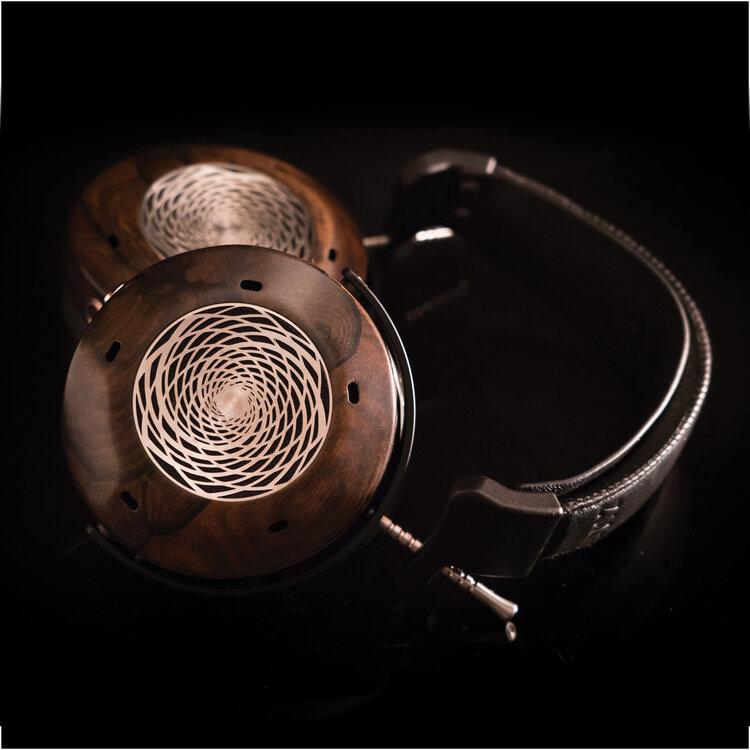


The Chinese ‘curse,’ “May you live in interesting times,” is apparently at hand, as we most certainly live in interesting times. And, I imagine, that one holds onto the keys to sanity during these times—by finding some amount of joy, something to be grateful for, someone to help, every single day. Of course, pulling oneself free of the TV (the Boob Tube) may in and of itself bring a much needed balm of ease and quiet and peace.
There is also, of course, music, wherein one can find joy, connection, peace, and memories perhaps, reflective of the times when our lives were a bit less “interesting” and fond memories which live beside our favorite music.
Music has alway been transportive for me. It has taken me often to my very early years—as a five year old sitting on a sofa, affixed to his mom. We listened to jazz greats and sometimes the greats of blues, as my feet dangled high above the carpeted floor. Then there was rock when in Santa Barbara at my cousins’ home, where the Doobie Brothers, Marshall Tucker, Fleetwood Mac, Jefferson Airplane, Cat Stevens, Jim Croce, and others were all the rage, and those memories too bring a release of angst, a peaceful ease and comfort.
The philosophical and heartfelt
meanderings above bring me to my review of the ZMF Véríté headphone which I believe is an exceptional component for connecting with those aforementioned times, the music, the memories, and the finding of bliss and connection and peace.
This is my second go round with ZMF. The first was with their entry level headphone— the ZMF Atticus—that was truly an ear-opener! Though its elder sibling —the Véríté—currently under review—is more capable, in, literally, every respect. How much so? Hold on to your seats folks.
REFRAIN: Unlike most reviews, this review will be non-sequential, as it will start with how the equipment actually sounds and not the process of physically “undressing” it and/ or laying out its various accoutrements, specifications, etc. Think of this review then, as a non-linear movie—Memento, Kill Bill, Pulp Fiction, Eternal Sunshine of the Spotless Mind, The Queen’s Gambit, In the Shadow of the Moon, etc—that, likewise, starts at the end and winds its way to the beginning.
Suffice to say, that what the ZMF Atticus did, the ZMF Véríté does a good deal better and in every respect. I will not repeat what I’ve said about the Atticus, but I could with more passion and enthusiasm and it would be true. But then this would not be a review, so much as a facsimile, a simulacrum. So…
 Claude Monet - Normandy Farmhouse Under the Trees
Claude Monet - Normandy Farmhouse Under the Trees


The ZMF Véríté appears to be the first iteration of a hybridization of dynamic and planar technologies. Its beryllium coated driver provides the requisite stiffness and speed, sufficient to move at planar magnetic speeds, whilst excavating entire lost civilizations of detail across soundscape after soundscape. The Véríté is fast, fast, fast reminding one, at times, of electrostatic speeds and their energy and aliveness. In truth, after listening to how electrostatics rendered live music, choral arrangements, and symphonies, I simply did not choose to listen to this music via other headphone types. It just wasn’t the same. The Véríté has changed that somewhat and now I venture into that area again, selectively. While the Véríté does not match the electrostatics in every way, there is not another dynamic or planar headphone that I have experienced to date that comes as close.
And then there is the emotion, emotion, emotion. So incredibly immersive, so beguiling that it is as if the sound, the music rendered by the ZMF Véríté moves directly into one’s heart and soul, while keeping the left brained—the technologists/engineers/ audiophiles—fully engaged. For those who may not have experienced this sensation with music, or with, perhaps, a headphone attached to an extremely capable system— Accustic Arts Player II, LTA Z10e—a listen
is, indeed, in order. And it will not be necessary to access the heights of such component combos to gain an understanding of the prowess of the ZMF Véríté. It will deliver the ‘emotionality’ of a musical experience and all the attendant informational cues via even DAPs and it will be spellbinding.
Like its sibling, the Atticus, I listened to everything I could get my hands on and purchase (CDs) and load into my Qobuz file via ROON. And yes, like its sibling, voices were stunning and yet, there was more there, in terms of copious amounts of detail which followed in the wake of greater resolution and transparency. And the coupled warmth did steal one away from doing or wanting to do anything else or even thinking about doing anything else. And as I mentioned in the review of the Atticus, “…Every single moment with the Atticus was enjoyable! Every. Single. Moment.” This goes double for the Véríté and the choice between them would be an easy one.
Yes, I played the Véríté with the Accustic Arts Player II, the LTA Z10e, as mentioned above, and what it conveyed of its up-line partners was revelatory, defined by one’s mouth being agape more often than not, being entirely lost in the music, being aware of all the spatial cues, and experiencing a sense of joy and astonishment time and time

again. Please know that this is a most rare occurrence for a ‘jaded’ music lover.
The ZMF’s Véríté volumetric cube— soundstage—is more vast and encompassing still than its little brother’s—the Atticus. It brings intimacy on the level of planars and, dare I say, at moments, on that of electrostatic headphones as well. And this I would never have thought. Imaging, separation and layering are truly superb and again far beyond the Atticus. And where the Atticus peeked in or touched down for microseconds on the world of electrostatics, the Véríté stares into that world and lingers a bit longer. I cannot think of a dynamic or planar headphone that combines its talents or its electrostatic-like delivery. Nor has the whole-cloth coherency of an electrostatic ever been so close at hand with a dynamic headphone. I have listened mouth agape on many an occasion to the Véríté and I relish continued listening after a review piece.
The ZMF Véríté was partnered with the Accustic Arts Player II CDP (review coming), ROON Nucleus Plus, the Mola Mola Tambaqui DAC as both DAC and balanced headphone amplifier, the Bricasti M1 DAC, the LTA Z10e HPA/integrated, MEZE Empyrean, MEZE LIRIC, Rosson Audio RAD-0, ZMF Atticus, ZMF Atrium (review coming). Cabling was Audience Front Row and power conditioning was
handled by the RSX Power8 and the TORUS RM20.
Tumultuous. Propulsive. Eiji Oue’s V. Infernal Dance of King Kashchey (Stravinsky, Reference Recording) opens and there is the portent of power in the low rumblings of the orchestra, where often there is not. The stage is deep and wide, the layering and positioning superb. Tone and timbre are rich and natural. Enters the assault of “Infernal Dance of King Kashchey” and via the massed tympani it is tumultuous, propulsive, beautifully resolved, and fast!
Interestingly, its streamed version does not carry at all the same weight as the CD via the Accustic Arts Player II, nor the resolution!
The CD brings tremendous bass weight and easily reaches to sub-bass depth and on to the Holy-Bass-Head-Grail with the Véríté.
Further, no detail is missed or obscured right across the frequency range, so refined, nuanced, and capable is the Véríté. And when power is called for the Véríté summons it easily. It is impossible to stop listening to the entirety of this CD and the next.
Spacious. Resolving. Natural. Immersive. If the ZMF Véríté’s midrange were a wine, it’d be a 2018 Harbison Estate ‘The Trail’ Cabernet Sauvignon Oakville. In other

words, it would be “full-bodied, opulent, and sexy.” Olafur Arnalds’ “Árbakkinn” (Island Songs, Mercury (Universal France)) is given perhaps the most moving rendition via the ZMF Véríté and the Accustic Art Player II (not available for the STAX SR-X9000 review) and the LTA Z10e that I have ever heard. Poet Einar Georg Einarsson recites his poem with warmth and richness, and yet there is exacting resolution and detail that place him or, perhaps, me in Iceland, listening but a few feet away. Voces8 “Prayer to a Guardian Angel” (Lux, Decca) follows via CD and it too is compelling and induces an eyes-closed, peaceful, momentary catatonia. It is hard to rouse oneself from this playing. The Lux album plays through and then the Voces8 Enchanted Isle album plays through, and, though contemplated, the hour is late, and an overlong day holds off play of the Eventide album. Again this is an area where dynamic and planar headphones often fear to tread—choral—so accomplished are electrostatics here, but the Véríté shows no fear.
The ZMF Véríté is faster than its immediate brethren—dynamic headphones —faster even than planar headphones, and as fast, at times, as electrostatics, and it brings a weight and palpability and a richness that electrostatics themselves, save the STAX SRX9000, cannot match. Shocking! The ZMF
Atticus was exceptional. The Véríté is better still and in every respect. Truly shocking!
TREBLE+
Fast. Extended. Transparent. Air-infused. Across the treble region the Véríté’s transients and its handling of dynamic swings are fast, fast, fast as though lightning flashes, which make the Atticus seem slow in comparison. Few headphones could, however, keep pace. Its transparency, its ability to bring finely resolved focus and thus detail to track after track brought discovery and a newness to the very familiar. This, coupled to its analog richness, made each experience immersive and captivating. And the Véríté’s ability to infuse air into live performances and choral pieces and symphonies once again posed a challenge even to electrostatics! Though the air that the Top-Of-the-Line (TOTL) STAX SR-X9000 provides on choral arrangements, live performances and symphonies goes, to date, very much unmatched.

AVilda Frang’s “Allegro Molto” (Veress: String Trio - Bartók: Piano Quintet, Alpha) and its rapid, transient pulses—knuckle raps, plucks, drumming upon violin or cello, and bowing—and dynamic shifts are handled with aplomb. And again there is weight and detail and resolution—as though sunlight crossing over and exposing a dark intricate mosaic. The Véríté’s rendering is also visceral
and startling. Far too many headphones, regardless of modality, do not appear to curate these various combined traits. Dave Brubeck’s “Take Five” (Time Out, Columbia-Legacy) saunters in with airinfused drum cymbals that are alive, well, and pulsing. Paul Desmond’s sax weaves texture, tone, timbre in an entrancing dance that, via the Véríté, the Player II, and Z10e, is, no doubt, the envy of snake charmers the world over. Meanwhile, Brubeck and Wright, spotlit and layered, provide gravitas and drive. Bravo!
Gorgeous. Incredibly transparent, resolving, detail rich, fast, fast, fast, and astonishingly musical. The sum of the Véríté’s talents speak to something other than a dynamic headphone, something imbued with a good measure of the planar magnetic tribe, and, at times, the electrostatic tribe as well. An exceptionally talented chameleon able to meet the task at hand with all its best skill forward!
The Véríté is a TOTL headphone that will sound marvelous with a DAP, but it will be at its very best with top-flight, read, TOTL components of uncompromising abilities— Accustic Arts Player II, Mola Mola Tambaqui, Bricasti Design M1, Enleum AMP-23R, LTA Z10e, etc.
The ZMF Véríté is, undoubtedly, a step above its sibling in every respect—
transparency, resolution, transient speed, detail retrieval—whilst not for a nanosecond being anything less than extraordinarily musical. This then is another salute to ZMF with regard to its ability to produce gorgeous, heirloom quality headphones that happen to sound even better than they look! And that is no small feat. Without further ado, we award the ZMF Véríté our highest honor—the DIAMOND AWARD for all that it embodies. And a heads up, its recently debuted big brother—the Atrium—listened to side by side with the Véríté is, well…!!! You’ll have to wait for that review.
ZMF VÉRITÉ $2,499 www.zmfheadphones.com
AKRM-C
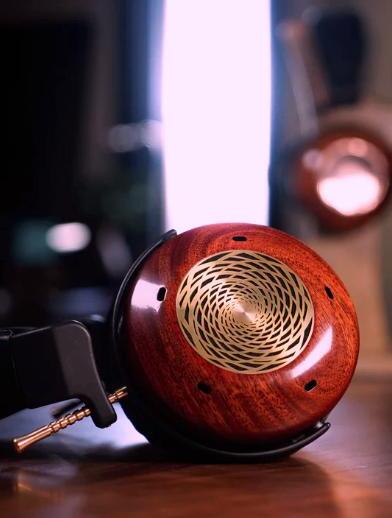



“There
 IBy Kathe Lieber
IBy Kathe Lieber
is a crack in everything—that’s how the light gets in”
n the fall of 2016, when the Swedish Academy announced that Bob Dylan had been awarded the Nobel Prize for Literature “for having created new poetic expressions within the great American song tradition,” many people around the world—even some ardent Dylan fans— questioned that decision. In Canada, a substantial group of music lovers were left wondering why, if the prize for literature was to be awarded to a singer-songwriter rather than a writer, author, playwright, or poet, that honour hadn’t gone to our very own Leonard Cohen (who, as it turned out, died just a few days later, at the age of 82, in November of that year).
original and shocking at the time, has not, with the benefit of hindsight, aged well.

As the Australian Broadcasting Corporation noted at the time, “Cohen's long career has shown him to be a master songwriter, producing wry, literate, and melancholy lyrics for 50 years. Cohen also began in the literary field, producing four collections of poems and two novels before his debut album, The Songs of Leonard Cohen, in 1967.” He was indeed first known as a poet and a novelist, though some of his writing, such as Beautiful Losers (1966), considered dazzlingly
Taken as a sustained body of work spanning nearly half a century, Cohen’s poetry and his songs show remarkable consistency in terms of themes, and especially his ironic, sometimes veering to self-mocking, sense of humour. Playful and sardonic by turns, he suffered several periods of serious depression over his lifetime. His work featured a blend of eroticism and impending doom, and he would often agonize over his lyrics for years, to the despair of his record producers. His delivery, in his trademark smoky baritone, often veered to the declamatory, which makes it easy to hear the poet in the singer. Listen closely to his lyrics, however, without wanting to overthink them, and you will hear the voice of a man who thought deeply about life but did not necessarily take himself seriously.
Cohen's writing process, as he told an interviewer in 1998, was “like a bear stumbling into a beehive or a honey cache: I'm stumbling right into it and getting stuck, and it's delicious and it's horrible and I'm in it and it's not very graceful and it's very awkward and it's very painful and yet there's something inevitable about it.”
 Vincent Van Gogh - Sprig of Flowering Almond in a Glass
Vincent Van Gogh - Sprig of Flowering Almond in a Glass
Raised in Montreal, the grandson of a rabbi, Cohen was eventually ordained a Buddhist monk with the name Jikan, meaning “ordinary silence,” but he always considered himself to be Jewish.
While Cohen was a well-known womanizer, he appears to have been forgiven with hindsight. In the 1960s, he lived on the Greek island of Hydra with his muse, Marianne Ihlen of So Long, Marianne fame. His inamoratas over the years included Janis Joplin, Joni Mitchell, and artist Suzanne Elrod, mother of his son Adam and daughter Lorca.
Cohen’s recordings span the period from 1967 until after his death. His debut selftitled album was goldrecord material, followed by a string of acclaimed albums every two or three years through the 1970s and into the 1980s. Death of a Ladies’ Man, I’m Your Man, and The Future further cemented his reputation and were followed by a hiatus before his return in the new millennium. All in all, his substantial discography includes 15 studio albums, 10 live albums, nine compilation albums, 32 music videos, seven soundtrack albums, and many EPs and singles.
which appeared on the album Various Positions (1984). He tinkered with the song for a decade, only to have it rejected by his record company. Cohen was crushed, but nearly two decades later, in 2001, the movie Shrek (remember that big green guy with the Scots accent?) turned it into a huge hit (with the “naughty bits” cut, of course). Memorably and tearfully, Hallelujah was performed at the memorial service in Washington in early 2021. (My favourite cover of the song is the one by k.d. lang.)


Many of Cohen’s songs have fascinating backstories. One of my favourites is Hallelujah,
We have Cohen’s longtime manager, Kelley Lynch, to thank for the singer’s later-in-life performances and albums. Lynch embezzled more than $5 million from Cohen’s accounts, quietly selling some of the singer’s publishing rights on the side while Cohen was away, meditating at a Zen monastery. Cohen, who had been inducted to the Rock and Roll Hall of Fame in 2007, kept his cool: to his own surprise and his fans’ delight, he resumed the punishing life of a touring musician in his 70s and seemingly enjoyed it. As Cohen told Macleans magazine: “What can I do? I had to go to work. I have no money left. I'm not saying it's bad; I have enough of an understanding of the way the world works to understand that these things happen.”
Cohen’s final album, You Want It Darker, featured back-up vocals by the choir of the Shaar Hashomayim Synagogue, where his grandfather and great-grandfather had served as

presidents; Cohen is buried in the synagogue’s cemetery. I happened to be attending a concert at the synagogue on November 10, 2016, when Cohen’s death in Los Angeles three days before (he had died in his sleep after suffering a fall) was announced. As we filed out of the auditorium, hundreds of phones lit up and there was a spontaneous outcry of grief.
You Want It Darker had been released just days before his death. A posthumous album called Thanks for the Dance, ably produced by his son Adam Cohen, was released in 2019. To my mind, those last two albums contain some of his greatest work. The song Dance Me to the End of Love, for instance, may sound melancholy at first hearing, but listen again— the singer is looking back over a lifetime of love.
Music-lovers’ fascination with Cohen did not end with his death—far from it, in fact. In Canada, there were two exhibitions devoted to his life and work over the next few years. The Musée d’art contemporain (MAC) in Montreal mounted an interactive show called A Crack in Everything in 2017-2018, which broke the museum’s all-time attendance records and later toured to New York City. The Everybody Knows show at the Art Gallery of Ontario in 2022-2023 included some of Cohen’s own artefacts, such as the pocket-sized notebooks he always carried with him to jot down ideas for song lyrics or poems. The show curator, Julian Cox, described Cohen as a “shape shifter” who liked to explore the “elasticity of language.” He was also a visual thinker, possessing a voracious curiosity: he loved to take Polaroid snapshots, and often snapped photos of household items like salt
and pepper shakers and butter dishes—a reflection of his deep love for ritual.
On the first anniversary of his death, Tower of Song, a memorial concert, was held at the Bell Centre in Montreal, with a star-studded roster of performers including Elvis Costello, Feist, Sting, Patrick Watson, Courtney Love, and Cohen’s son Adam. Prime Minister Justin Trudeau even appeared on stage to talk about his personal connection with Cohen’s music.
Two tribute murals created in Montreal after Cohen’s death have since become treasured parts of the city landscape: a nine-storey portrait near his home on Plateau Mont-Royal, and a 20storey likeness, complete with his signature fedora, that looks over Crescent Street, the popular restaurant row in downtown Montreal. If you get a chance this summer, spend an evening dining out on one of the terrasses set up on the street, and feel Leonard watching over his beloved city.
As always, your mileage may vary, but my short list of favourite tracks by Leonard Cohen would definitely include the following:
• Suzanne
• Bird on a Wire
• So Long, Marianne
• Anthem
• Famous Blue Raincoat
• There Ain’t No Cure for Love
• First We Take Manhattan
• Hallelujah
• Dance Me to the End of Love
 Vincent Van Gogh -Still Life with Curtain and Pitcher
Vincent Van Gogh -Still Life with Curtain and Pitcher

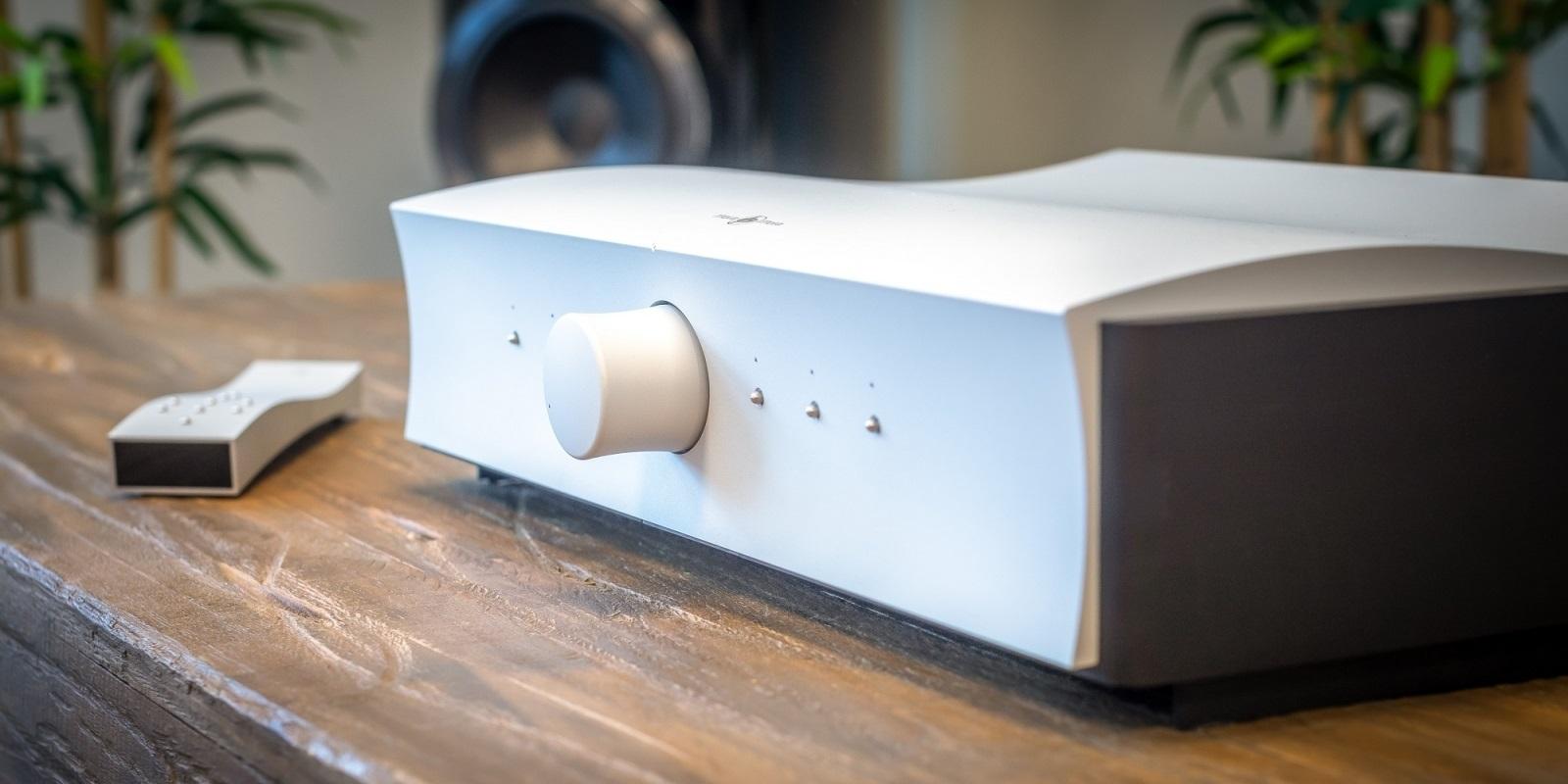
 By Andre Marc
By Andre Marc
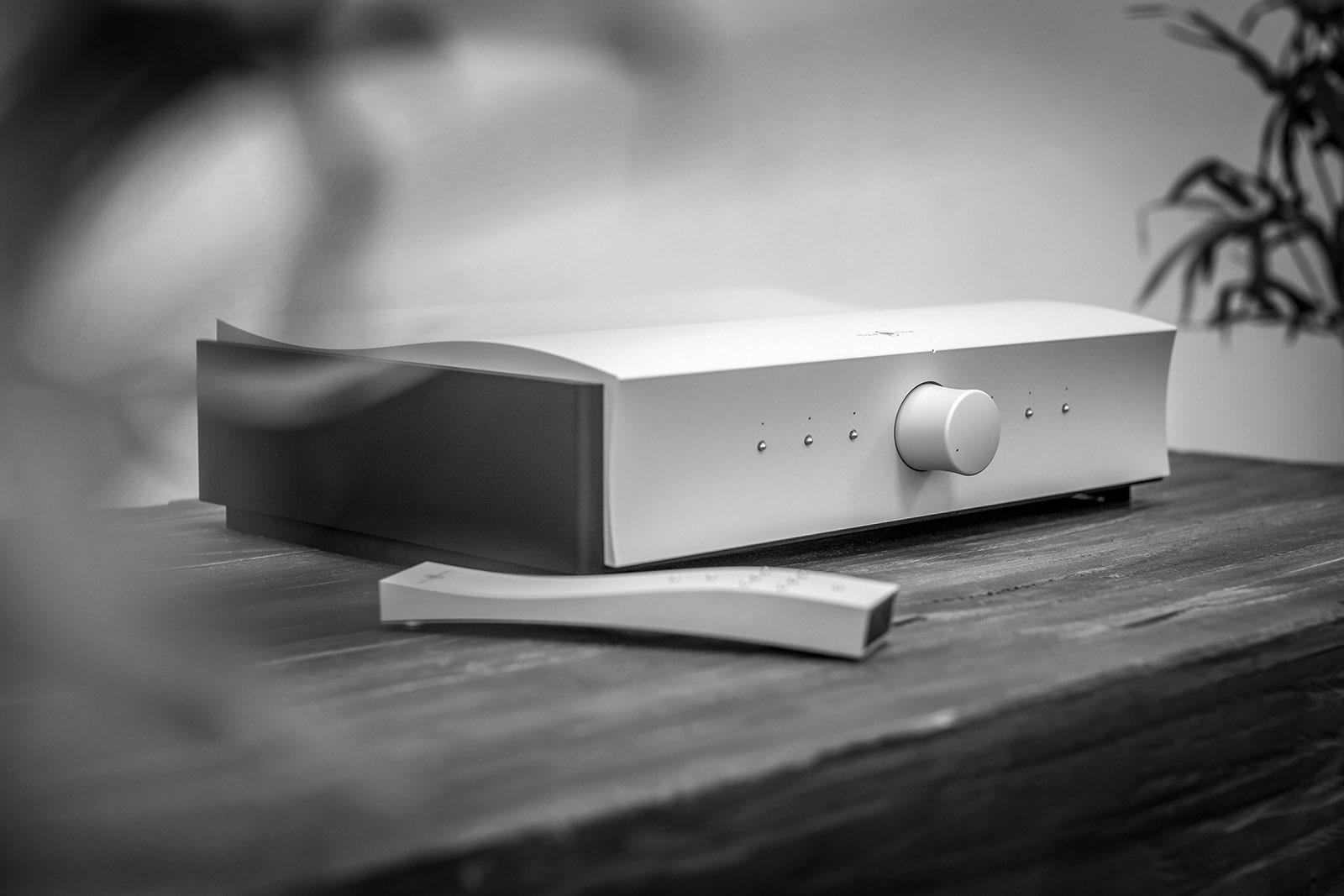
Based in the Netherlands, Mola Mola has already had a major impact on the world of high performance audio. Belgian born founder Bruno Putzeys is a legitimate legend in the industry. He pushed Class D amplifier technology light years into the future, with his NCore designs
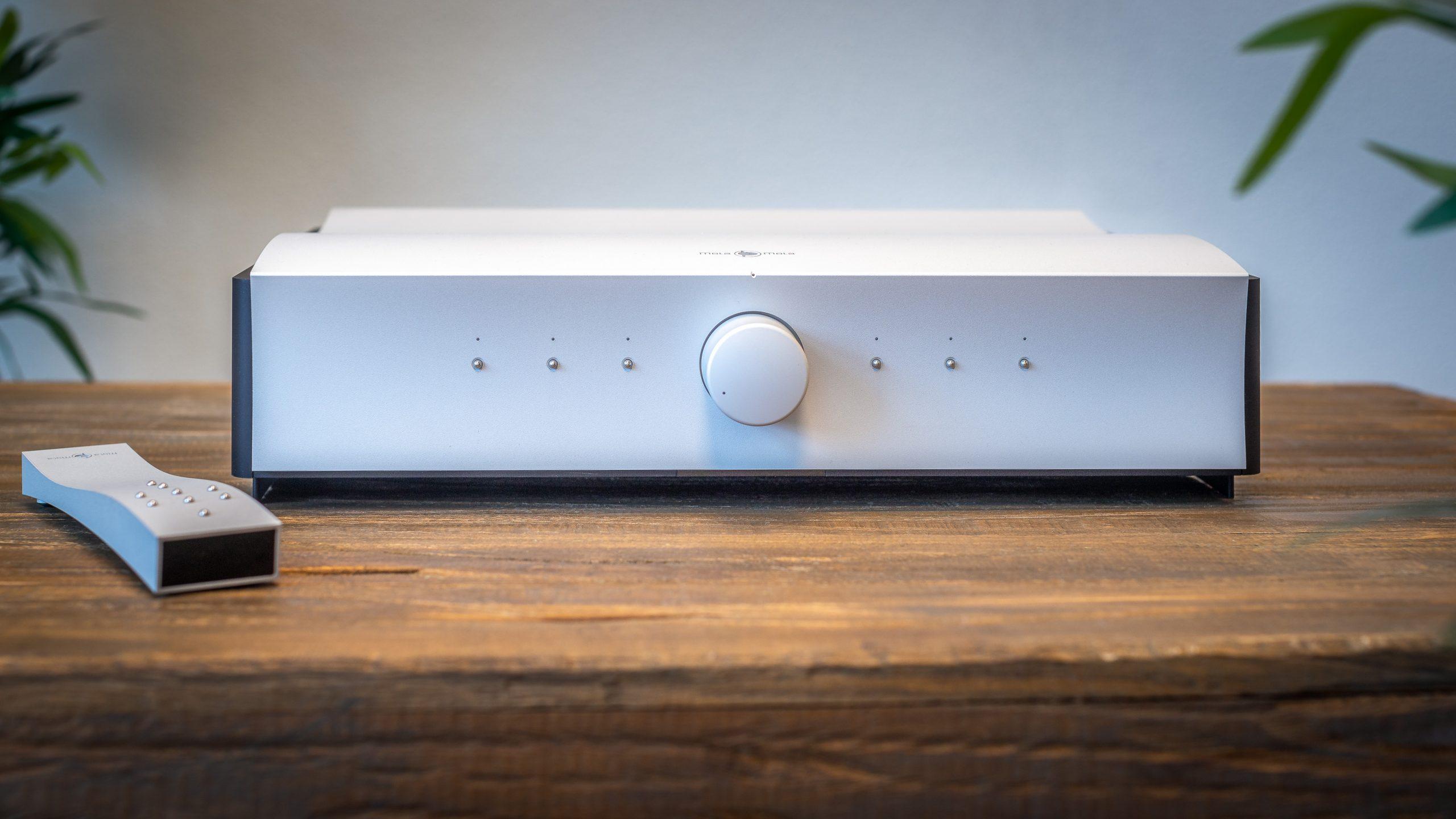
In addition to changing the landscape of amplifiers, Putzeys has co-founded Grimm Audio, and designed one of the world’s elite DSD Analog to Digital convertors. He also cofounded Kii, an active speaker company, and Purifi, designers of innovative speaker components. If that was not enough, Putzeys owns numerous patents, and continues to forge ahead with new ideas.
One of Mola Mola’s more recent products is the Kula integrated amplifier. It is a
modular design, with the basic unit costing $13,800. The optional DAC module, the same found in their standalone Tambaqui convertor, is $8200. The phono module comes in at $3000. So the “fully loaded” unit will come in at $25,000. With the DAC module installed, you also get a ROON ready options and full input and volume control, via Bluetooth.
Looking at the physical aspects of the Kula, it is a hefty 25 lbs, but has a very manageable footprint. The casework is exquisite, but not in any way gaudy. The unit exudes precision and is a beautiful example of modern industrial art. There are 3 analog inputs, and, very cleverly, the inputs can accommodate both single ended and balanced cables, selectable via a toggle switch.
 Gustav Klimt - Woman in Gold
Gustav Klimt - Woman in Gold

The DAC module accepts both USB and AES/EBU connections, and there is an RJ45 Ethernet jack for connecting to your network. A pair of very high quality speaker outputs complete the picture.
After downloading the Mola Mola app on my iPad, and connecting to the Kula via Bluetooth, setting it up to my desired parameters was extremely quick and easy. You

whopping 300 wpc into 4 Ohms, and had no trouble at all filling up a large room with high ceilings without as much as breaking a sweat. Indeed, its power seemed effortless. We left the Kula powered on at all times for maximum performance. We used an Audio Art Cable power cable, and set the Kula up on Symposium Rollerblock+ pucks, with a Symposium Svelte Shelf.

can assign inputs, adjust gain on each input, and set the phono stage up for your cartridge. I ended up using 72 dB of gain for my Rega Planar 6 turntable outfitted with Ania Moving Coil cartridge. With a Rosewill CAT7 cable connected, I was able to enable the Kula as a ROON endpoint. The DAC decodes virtually every resolution up to Quad DSD. I was left wanting for nothing.
The Kula drove both Magnepan 1.7i speakers, and Alta Audio Alyssia stand mounts (review forthcoming). The Kula outputs 150 wpc into 8 Ohms, and a
We cycled through albums we had been listening to recently with our usual electronics, and immediately our ears told us we had struck sonic gold. The Kula as a DAC and amplifier simply brought music to life with some of the most transparent, organised and life-sized sound we have ever heard. One of our all time favourite albums is In Search Of The Lost Chord, the Moody Blues 1968 psychedelic opus. We have numerous versions, including the sublime SACD, the 50th Anniversary Edition download, which includes a fresh, superb sounding 24 bit, 96 kHz remix, and numerous bonus tracks. We also have several

original Deram vinyl pressings. The Kula presented the acoustic guitars, mellotron, flute, and the vocals with such pristine texture it was hard not to have the album on repeat.
We then cued up several late 60’s Fairport Convention albums, including rips of the Japanese SHM SACDs of Liege & Leaf, and Unhalfbricking. These pioneering British folk rock albums came across as amazing time pieces, with Sandy Denny’s sublime vocals and Richard Thompson’s modal guitar lines having a hypnotic effect. The Kula provided holographic images and brought out the drama in renditions of “Matty Groves”, “Tam Lin”, “Who Knows Where The Time Goes?” and “A Sailor’s Life”.
A young artist out of the UK, Joshua Burnell, has taken up the British folk rock torch and carried it forward with great skill. His albums are available on Bandcamp and his Patreon page, and all are worth exploring. He mixes in excellent original compositions with classic British folk tunes, like “Blackleg Miner”, “Lowlands Of Holland” and “She Moved Through The Fair”. His recordings, done with a friendly cast of superb musicians, are extremely good. The Kula got to the heart of the organic nature of these recordings, and allowed a certain authenticity to shine through. Magical!
To further put the Kula DAC module through its paces, we spent a few weeks with
high resolution downloads and lots of SACD rips. We cued up everything from the 24 bit, 96 kHz AC/DC catalogue remasters, the 192 kHz Rush remasters, and then transitioned to lots of excellent jazz, like the recent 192 kHz and SACD rip of the sublime Art Blakey archival recording, First Flight To Tokyo, and new releases like the sonically and musically excellent Art Moves Jazz, a 96 kHz download from the Quentin Baxter Quintet.
Without exception, at all resolutions, the digital side of the Kula was stupendous. In fact, it rivals and maybe even surpasses many uberexpensive standalone units we have heard. We have not had a chance to hear the Mola Mola Tambaqui DAC, which is priced at around $13,000, however. But for those purchasing a Kula, the DAC option makes perfect sense.
We had a stack of vinyl ready to put the Mola phono module through its paces. Spoiler alert, to be perfectly upfront the Phono stage was absolutely superb in every way. It took literally a minute to select and assign the input and set the gain setting. Then we spun vinyl for days on end. We ended up starting with one of the albums we streamed from our library, the Mobile Fidelty CD version of The Low Spark Of High Heeled Boys by Traffic. We have an original pink label Island pressing, and to say we were
 Vincent Van Gogh - The Old Mill, 1888
Vincent Van Gogh - The Old Mill, 1888
 Vincent Van Gogh - Avenue of Poplars in Autumn, 1884
Vincent Van Gogh - Avenue of Poplars in Autumn, 1884
both stunned and delighted with the presentation would be an understatement.
Chris Wood’s flute, Steve Windwood’s vocals and Jim Capaldi’s drums were so nicely placed in the mix, and had so much texture, it caused quite a stir among several visitors who requested LP after LP.
We then dove into our Beatles stash and cranked up numerous albums, including

course, if a prospective customer has invested quite a bit in a standalone DAC or phono preamp which they prefer, the Kula, used strictly as an amplification device, is as good as it gets in the world of integrated amps in our estimation.
The Kula ran slightly warm to the touch when left powered on, hardly a cause for concern, but common sense dictates a decent
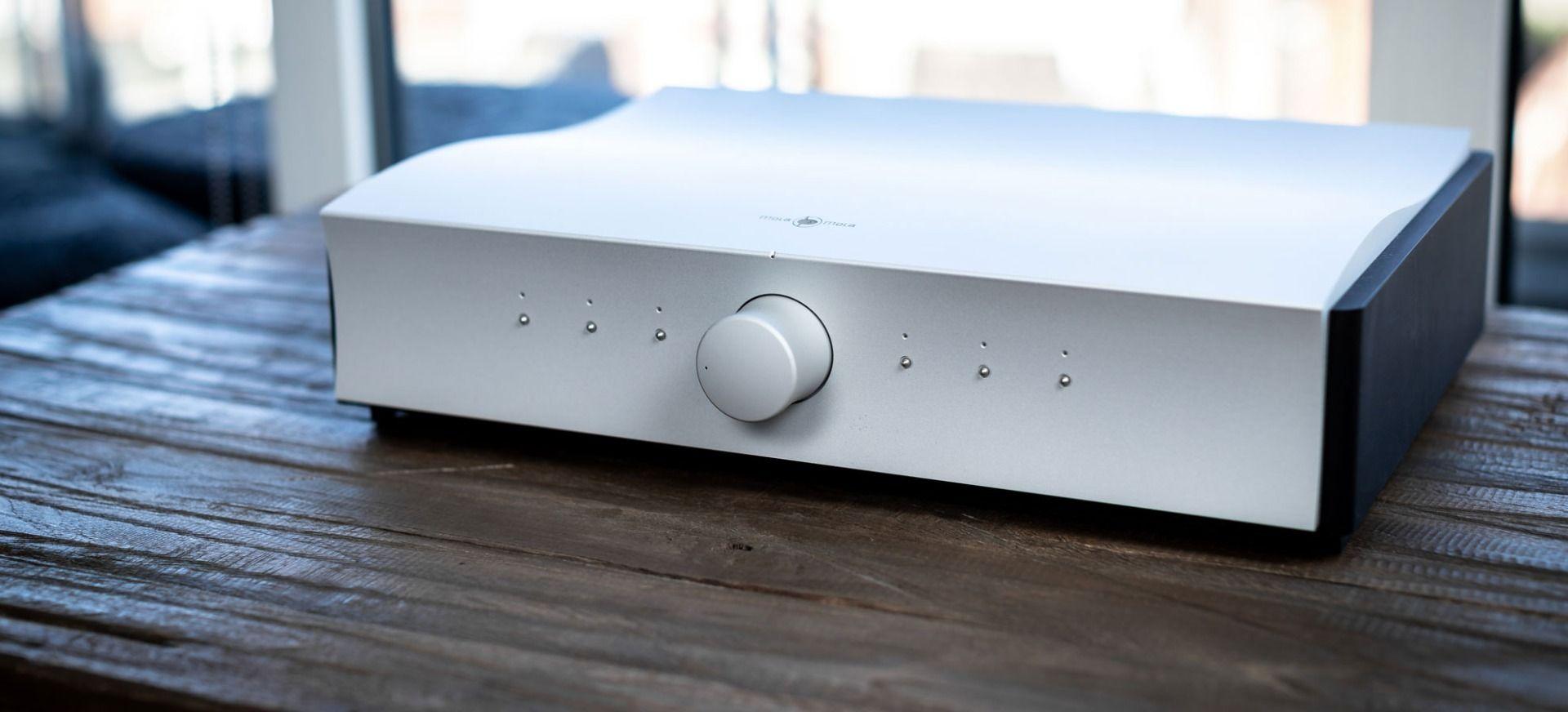
There was plenty of joy to behold here. These albums sounded wonderful across the board, with vocals, stereo separation, and bass all being rendered with that all important human character.
As with the DAC, adding the phono stage is highly recommended if purchasing the Kula.
In our experience, the phono module easily competes with pricey dedicated boxes.
Fully loaded, the elegance of this one box solution is essentially without equal. Of
free. Connect your cables, jump on the app and get tunes. At this price point we should expect nothing less, and Mola Mola delivers the goods, both ergonomically and sonically.
The Kula also had the ability to bring out the natural character of speakers. When paired with the Magnepan 17i, the natural coherence and superb transients the speakers are known for were taken to a new level. In fact, we normally use a pair of JL Audio subwoofers with the Magnepans, but did not miss them at all with the Kula. We had all
the bass we desired and it was very controlled. With the Alta Audio Alyssa monitors, the depth of image, immediacy and resolution these speakers provide became even more apparent. We can simply call it an ideal pairing. With Kula driving the Alyssas, there was a certain grip on the music, and the amazingly low noise floor will be missed when we have to ship the speakers and amp back!
The Mola Mola Kula integrated amplifier is, to our ears, a state of the art in one box amplification solution. The rich midrange, the perfectly articulated and controlled bass, along with the amp’s overall grip on the music and speakers, makes it one of the great integrated amps of our time, and we have heard a few. Add the absolutely superb, user configurable phono stage, and the state of the art DAC and streamer module, and you have a package that would dazzle even the most jaded audiophiles. As a bonus, it is captivating visually.
It is not often for components that are as sophisticated as the Kula to be easy to set up and enjoy hassle free. This is important as these types of products should have their owners spending more time listening to music than fussing. The Kula had us reaching for records deep in our collection, and mining our NAS on a daily basis.
For those who can afford to swim with the big fish, the Mola Mola Kula is recommended without reservation. In fact, it allows one who desires to downsize from a stack of boxes and cables to do so without compromise. Along with that, you will have enough power to drive virtually any speaker, even in the most demanding rooms. If seeking a 21st century truly integrated turnkey solution for those who can afford the best, the Mola Mola Kula is a must hear. And without further ado we award the Mola Mola Kula our DIAMOND AWARD for unparalleled excellence.
MOLA MOLA
Distributor: GTT Audio
+1 908 850 3092
av@gttaudio.com
www.gttaudio.com


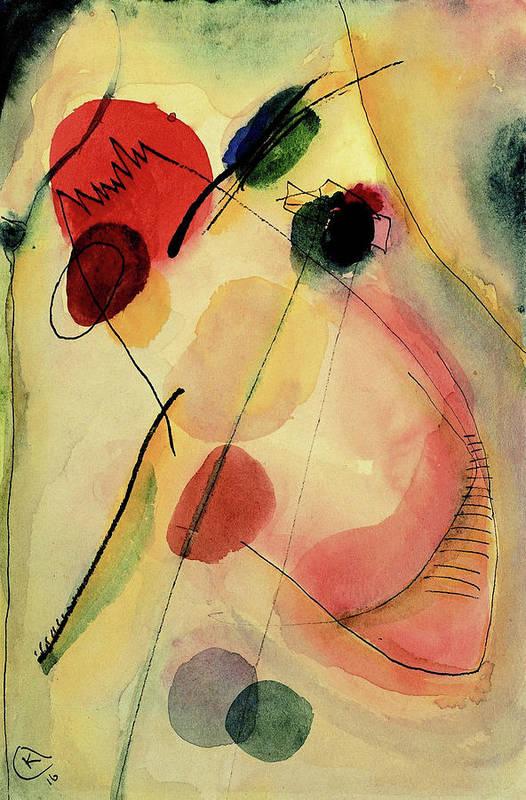 Wassily Kandinsky - Untitled
Wassily Kandinsky - Untitled





Ihad spoken with Ralph Karsten of Atma-Sphere, the world-renowned manufacturer of Output TransformerLess (OTL) amplifiers, several times on the phone. We are neighbors, and
technology that embodied his OTL amplifiers, and technology in general. I also learned a thing or two about the vinyl playback chain—cartridge, tonearm, phono preamplifier, etc.—and how those clicks and

Ralph’s OTL amplifiers and keeping them till the end or near end-of-life, when they would be bequeathed to family or finally sold to someone else for their decades-long enjoyment.
During our various conversations, I slowly got to know Ralph and his knowledge of and love for his products, the
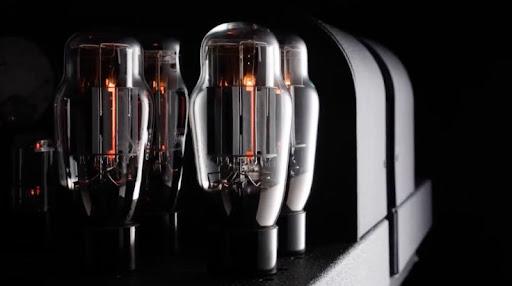
something entirely different and far more interesting. More on this to come.
It was during one of these conversations that Ralph spoke about a new and different integrated amplifier—the GEM. The GEM is a five-watt, push/pull integrated that uses EL95s as its power tube, fits on an 8-1/2 x 11 inch sheet of paper with room to spare, and
 Henri Matisse - Sárga és kék enteriő
Henri Matisse - Sárga és kék enteriő

can be carried on the palm of one’s hand. This represents a marked departure from the current stable of Atma-Sphere amplifiers. My curiosity was piqued all the more when Ralph mentioned that the GEM would also be a headphone amplifier. However, space considerations ultimately put the kibosh— the end—on the headphone segment. I don’t know about you, but once I get something in my mind and it can be made so, I go about making it so. I had just reviewed the HIFIMAN Susvara, an exceptional headphone, however with a daunting sensitivity of 83dB that requires both qualitative and quantitative power—good power and lots of it! Based on our discussion, I thought the GEM would make for a good pairing, or at the very least, a worthy experiment. There was one very important thing, however, that I needed—an adapter— to transform the integrated into a headphone amplifier.
Well, I needn’t have looked farther than HIFIMAN and its very own adapter. It was built specifically to facilitate more power, via the conscription of integrated amplifiers as headphone amplifiers, for some of its less sensitive headphones. The experiment was on.
A final point that Ralph made was that the Atma-Sphere GEM integrated is more than a match for an SET integrated of similar wattage, which he sees as a true
apples-to-apples comparison. This, relative to an SET compared to a higher powered push-pull amplifier, which he does not believe is an apples-to-apples comparison. This experiment will be borne out in an upcoming review—Part II.
REFRAIN: Unlike most reviews, this review will be non-sequential, as it will start with how the component actually sounds and not the process of physically “undressing” it and/or laying out its various parts, specifications, etc. Think of this review, then, as a non-linear movie— Memento, Kill Bill, Arrival, Eternal Sunshine of the Spotless Mind, etc.—that likewise starts at the end and winds its way to the beginning.
• Grimm Audio MU1 Streamer
• Silent Angel Rhein Z1 Streamer
• Silent Angel Forester F2 Power Supply
• Silent Angel Bonn NX Network Switch
• Silent Angel Genesis GX Master Clock
• Border Patrol SE-i DAC
• Bricasti Design M1SE DAC
• Aurorasound HEADA Headphone Amplifier
• Atma-Sphere GEM Headphone Amplifier
• Pass Labs HPA-1 Headphone Amplifier
• ABYSS AB1266 PHI TC Headphone
• HIFIMAN SUSVARA Headphone

• MEZE Empyrean Headphone
• Audience Front Row Cables/Wires
• Kubala Sosna Emotion/Sensation— Cabling and Wires/Power Cords
• RSX Beyond Power Cables
• AntiCables Power Cables
• Black Cat TRØN Signature Digital Cable
• Audience Hidden Treasure CAT7 Ethernet cables
• TORUS RM20—Power Generation
THE SOUND
Transforming the GEM into a headphone amplifier (HPA) was easily handled by the HIFIMAN Adapter ($99), a lightweight, simple, fit-in-the-palm-of-your-hand component. I cannot recommend the HIFIMAN Adapter highly enough for its plug and play functionality and its ability to render one’s integrated amplifier immediately into an HPA.
The sound of the Atma-Sphere GEM relative to the Aurorasound HEADA, our current reference HPA, is eminently more transparent and resolving of a given performance, which together fashion a greater and more profound sense of realism. It is a realism that translates to the intimacy of a violinist’s breathing, her movement with bow and violin, which becomes a great deal more intimate and immersive. You are pulled deeply into the performance, beyond just the music, as if the violinist is proximate,
corporeal, in-room. Further, the GEM is more extended at both ends of the frequency spectrum, which results in a more
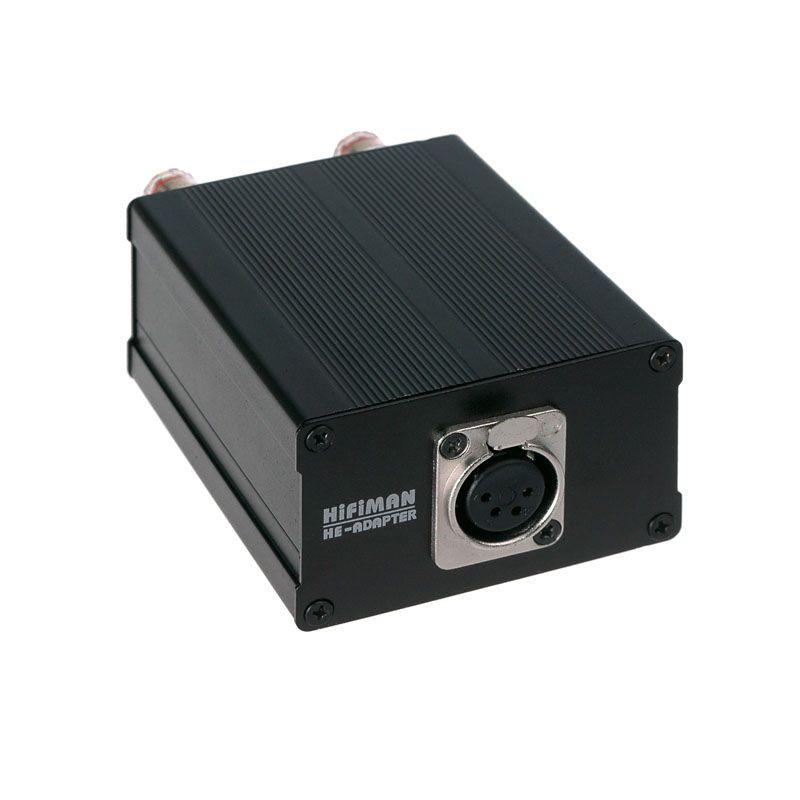
There is an aliveness or liveliness to the music presented via the GEM that all headphone amplifiers reviewed to date, with the exception of the very top electrostatic headphone amplifiers, simply have not been able to match. And when this aliveness is matched to the GEM’s crystal clarity—the marriage of exceptional transparency, resolution, and detail— lightening fast transients, and stop-and-start-on-a-dime dynamics, well, the purview of a good number of headphone amplifiers has been surpassed. Did I mention the GEM’s fastidious way with the excavation of copious amounts of detail and its ability to lay bare detail that other HPAs cannot see?
The GEM’s frequency response from top to bottom plumbed the depths to the Holy-
Bass-Head-Grail, while at the other end of the spectrum it soared easily and unhindered. Linearity? If a bass rich stream was fed through to the GEM, it rendered that bass rich stream impeccably. Likewise, should a given track, song, stream reach skyward, the GEM was right there with nary a harsh or sibilance-laced or brittle rejoinder; there was always just the music, pristine, beautiful, extended.
And I must say that as a reviewer’s tool, the GEM is exceptional. It demonstrates a non-invasive neutrality that allowed me to easily and quickly discern component and even cable switchouts immediately.
the way! I could ascertain the differences between cables and components switched in/ out in seconds. No long drawn-out A-B, B-A analysis, just take cable A out, put Cable B in, done. In this respect, the Atma-Sphere GEM is a reviewer’s dream. How many components allow this kind of immediate insight, while not “disabling” any aspect of the music?
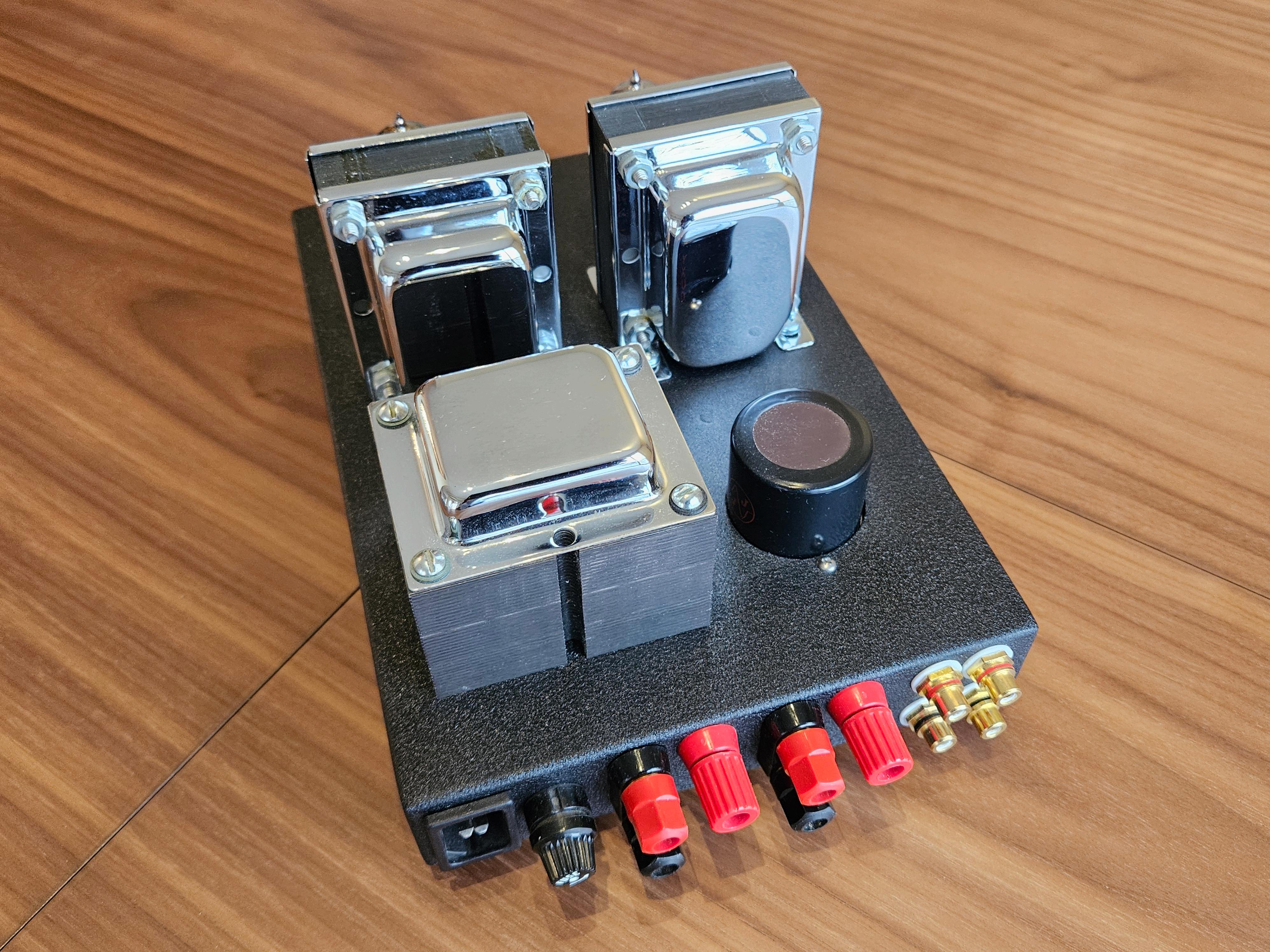

Let me explain. “Neutral” is itself a horse of as many different colors as their are technical implementations to achieve it. This is something that I have experienced over many years. There is “warm-neutral” to, well, “soul-sucking neutral” that literally takes the life out of the music. This was not what the GEM offered up—it got out of
The Atma-Sphere GEM’s volumetric cube encompassed the Aurorasound HEADA’s soundstage. And as I continued to listen, the GEM’s soundstage grew to match, if not exceed, even that of the ALLNIC HPA 10000. The GEM’s soundstage easily becomes what it must be—intimate, hallsized, etc. And within the stage, volume, space, and air—dimensionality—are captured beautifully, with an exacting portrayal of musicians and performers positioned across the space and to its depth.
[Note: As I set up for the review, I stream the Getz/Gilberto 1964 masterwork (Verve Reissues) featuring Astrud Gilberto via the


Atma-Sphere GEM and accompanying system (see System). Its rendering is crystal clear, see-through, rich, textured, phenomenal, as the signal passes freely and unedited to the Susvara headphones. It is perhaps the best rendering of this album that I have yet heard through headphones.]
The GEM unveils a deep and resounding bass response which the current reference simply cannot match. I have only ever heard the incredibly tight, deep, transparent, and detailed bass that the GEM now renders in the two-channel reference system and, if I remember correctly, with the Enleum AMP-23R integrated/headphone amplifier. Suffice to say that Charlie Hayden and John Taylor’s “Chairman Mao” (Nightfall, Naim Records) gives up hitherto unheard(!) information, while greatly raising the level of involvement. The track is now more seethrough and full of life than it has ever been. And Delfeayo Marsalis’ “The Secret Love Affair” (The Last Southern Gentleman, Troubadour Records) is also more alive and propulsive, agile, and beautifully transparent. The overall result is that the bass response via the HIFIMAN Susvara is the best that it has ever been.
Did I mention the top-to-bottom frequency extension, which most five-watt SETs would beg, borrow, and/or steal to
have? However, the thought that came continuously to mind was that the AtmaSphere GEM was performing these feats with an 83dB “sensitive” headphone. Though I’m getting ahead of myself, as this is the bass section. The terms alive and liveliness do continue to come to my mind and to my notes across the entirety of the frequency range.
The string of words that help to bring definition to the GEM’s performance across the midrange are, again, clarity, resolution, refinement, texture, and palpability. Joan Shelley’s “Wild Indifference” (Joan Shelley, No Quarter) is SET clear and textured, emotive and palpable as, perhaps would be rendered by a combination of 211 and 300B tubes. And it is as deeply resolving, transparent, and detailed as the most astute push-pull amplifier (tubed, solid state).
I have used Ólafur Arnalds’ “Àrbakkinn” (Island Songs, Mercury KX) as an indicator of how transparent and detailed a particular component or wire/cable is. The best of the best resolve very early on—within the first few seconds—the interaction of Ólafur’s recording studio as it interacts quite freely with the external environment and its singing birds. On the best components/wires the birds are immediate, their earliest discovery within the mix, coming some four

seconds after the song has begun. The Atma-Sphere GEM captures this interaction, amid poet Einar Georg Einarsson’s recitation earlier still, and there are now several birds. Of course, this is but one measure of the GEM’s abilities with regard to detail retrieval and transparency. But then, never has Einar’s voice been so, well, real, beautifully articulated, dimensional, alive.
Dave Brubeck’s “Take Five” (Time Out, Columbia-Legacy) cues and plays and it too is revelatory, as all previous discretionary write-ups of the frequency response—bass, midrange—have been.That aliveness is once again undeniably present, as is the air and space around Joe Morello’s drum kit. The treble resolution and transparency of Joe’s various cymbals is a level up in comparison to the exceptional Aurorasound HEADA, which until now has held off all comers.
Because it certainly seems that the GEM is, well, more astute at communicating the flow of information, the various cues, textural and otherwise, the technical bits embodied therein that bring the music to life. The experience provides a crystal clarity that one experiences when seated right in front of a musician. Case in point: Hilary
Hahn’s “Partita for violin Solo No. 1 B Minor” (Rest, UME) rolls in, and please know that the HEADA and the ALLNIC HPA have both played this piece beautifully. The GEM, however, brings an increased sense of engagement and again, an aliveness and detail that are new. Further, the quiet the GEM affords is outstanding, and, no doubt serves as the fulcrum from which deep resolution and transparency rise, with SETlike corporeal reality. Bravo!
The little Integrated/HPA that could and did might well be the title for this review, as the Atma-Sphere GEM was exemplary with all material that was streamed its way. Further, as a “converted” HPA, it dealt beautifully with perhaps one of the most demanding and least efficient, yet superb headphones—the HIFIMAN Susvara (83dB)—that I have had the pleasure to listen with and review.
The GEM’s five watts were more than up to the task. This, of course, is a very clear indicator that your headphones, regardless of what they are, will be beautifully handled by the GEM. Period.

The Atma-Sphere GEM’s talent encompasses a crystal clarity that many amplification components strive for but do not achieve, incredible transient speed and leading-edge attacks reminiscent of far more powerful push-pull designs. You may well
Paul Cezanne - Four Pearsshake your head at this revelation, as I have on a number of occasions during this review, and again, this was with an 83dB “efficient/sensitive” headphone.
As mentioned above, I cannot think of another HPA I have reviewed that is as talented or as capable as the Atma-Sphere GEM ($4,700), and that includes the exceptional Aurorasound HEADA ($2,999), a longtime reference. And in many ways, but certainly not all, the superb ALLNIC HPA 10000 ($15,000), which does still rise above the fray, but at more than three times the cost of the GEM, one imagines it should.
Given the Atma-Sphere GEM’s bona fides, it is an easy winner of our DIAMOND AWARD for technical brilliance in a most simplified form, and its clean, unobtrusive neutrality, which lets it get out of the way and lets the music flow.
Pros: Crystal clarity, aliveness, transparency, and resolution of the SET realm, power, dynamics, and transient speed of the realm of push-pull amplification, as bonded together and placed within a small, unassuming package that fits nicely on an 8-1/2 by 11 inch sheet of paper.
Cons: It is not feature-rich. Most aftermarket power cords will not fit in the space for the IEC, as the fuse is positioned too close.
SPECIFICATIONS
Atma-Sphere GEM
• Power Output: 5 watts
• Gain: 20-25dB
• Differential Inputs: 2 - Single-Ended RCA
• Speaker Outputs: 0, 4, 8 Ohms/per side
• Tube Compliment: 1 - 12AT7, 2 - 6DL5 (EL95s)
THE COMPANY ATMA-SPHERE
The GEM Integrated as “Headphone Amp” w/Adapter (below): $4,700 www.atma-sphere.com ralph@atma-sphere.com
Tel. : +1 651-690-2246
HIFIMAN
HIFIMANAdapter: $99 store.hifiman.com customerservice@hifiman.com
Tel.: 1-201-443-4626
AKRM
audiokeyreviews.com

 David Hockney - Road to York Through Sledmere, 1997
David Hockney - Road to York Through Sledmere, 1997
 Joan Miro - The Gold of the Azure
Joan Miro - The Gold of the Azure
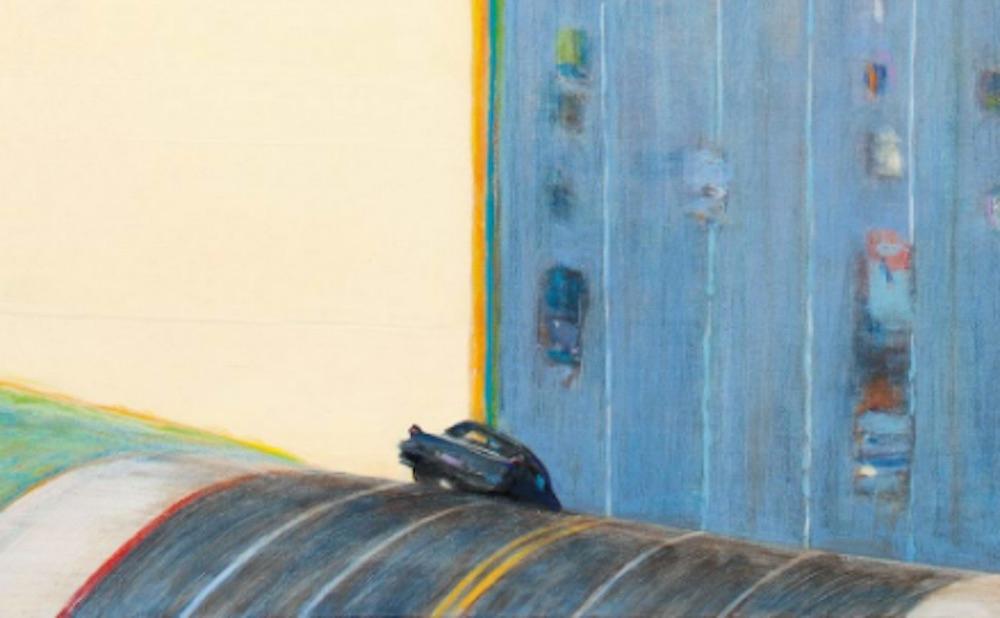

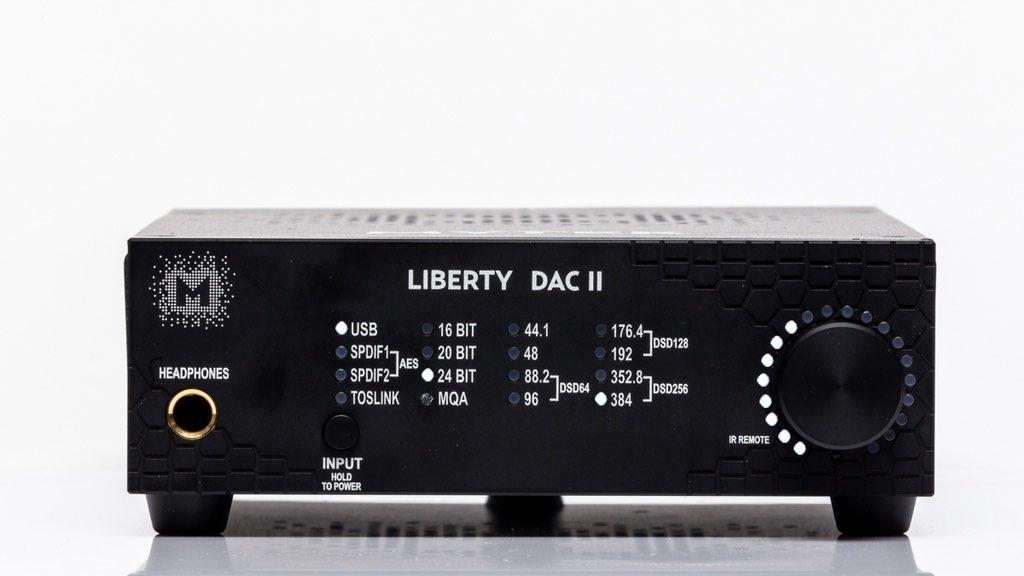
 By Oliver Masciarotte
By Oliver Masciarotte

Long ago and far away, San Francisco in 2004 to be precise, I was exhibiting with Sonic Studio at the annual AES convention. This was long after it had moved from New York City’s Waldorf Astoria, site of my first AES when I worked for Lexicon. My colleagues and I had re–formed a company respected for producing soundBlade‡, a pre–mastering and mastering software and optional hardware package. That DAW, or Digital Audio Workstation, was the direct descendent of the Sonic System, the first commercially available product capable of recording, editing non–destructively in real time, and delivering 24 bit, 44.1 and 48kHz audio. The Sonic System was used by Sony, Warner Brothers, MCA and EMI to create the overwhelming majority of Compact Discs worldwide up to that time. During the show, I met with a tall,
slim fellow whose NYC–based company manufactured the only third party hardware interface for Sonic Studio. Michal Jurewicz, Polish by birth, had been a tech for a big name recording studio when he recognized a need for specialized hardware and proceeded to address that market niche. His first converter product, in 1993, was a ADC or Analog–to–Digital Converter aimed at the pro market. I’ve had the pleasure of owning three generations of his DACs.
The original Liberty broke with Mytek’s half–width enclosure, utilizing a one rack unit height and one third width. Clad in slimming black, the Liberty II also occupies that small, lightweight form factor. To keep self–generated noise to a minimum without a heroic effort, there is no alphanumeric display. The original Liberty DAC’s simple and fairly uninformative group of colored


 Edvard Degas - Two Dancers on the Stage
Edvard Degas - Two Dancers on the Stage

LEDs has been replaced with a much more numerous and precise group of white LEDs that reveal to the user what exactly is going on inside the box. A single knob, to control volume, complements the single, multifunction push button on the front fascia. A capable headphone amp, feeding a ¼" TRS receptacle, completes the unit’s anterior. While I was performing my final edit on this review, I was luxuriating in the consummate writing of Brandy Clark’s 2013 release 12 Stories [TIDAL 44.1k MQA], dispatched to my noggin from the headphone output feeding my big ass Audeze LCD-3 cans via Wireworld NanoPlatinum Eclipse cabling.
Since the Liberty II heralds from a professional lineage, it strives for honesty and linearity over romance and color. Unlike many of my fellow audiophiles, I too am of that ilk, always seeking the least change between mastering and playback. Toward that goal of aural veracity, Jurewicz realized that MQA, the direct descendant of MLP◇, could be a significant step in advancing fidelity as delivered to consumers. His was the first third party company to release an MQA–compatible ADC (Analog–to–Digital Converter) and DAC, the Brooklyn. Several generations later, Liberty DAC II is the result of experimentation, endless listening and continuous refinement.
Aspero AB’s TIDAL HRA streaming service is, at present, the only large scale business to embrace delivery of UK–based MQA Limited’s scalable codec to consumers. Though I find TIDAL’s catalog generally skews a bit too down market for my tastes, the whole point of our hobby is enjoyment. That given, I can certainly find plenty of music to relish on their service. As with any other production decision made during the creation of audio entertainment, we as individuals may or may not like the result of MQA encoding. In general, I appreciate what MQA encoding usually offers the listener; less temporal distortion resulting in more precise transient response and often more top end air with accompanying spatial dimensionality.
In my charmed life as a AKR reviewer, I had a short duration overlap between the arrival of the Liberty II and departure of Mojo Audio’s fine and fat Mystique X SE. Since the Mystique is not an MQA DAC, I reverted to my daily driver delivery service for a level–matched comparison employing Delfeayo Marsalis’ brilliant The Last Southern Gentlemen [Qobuz 44.1k]. As noted in my prior review of the Mojo Audio unit, the R-2R DAC furnished a suave example; a bit more forward with a shallower soundstage than the Liberty II, a more ample but less impactful bottom, and a pleasant



plushness. Low amplitude detail, like the echo of a high hat off of a room boundary,
Thriller [TIDAL 44.1k MQA], I dropped Billie Jean and started grooving. Well, sort
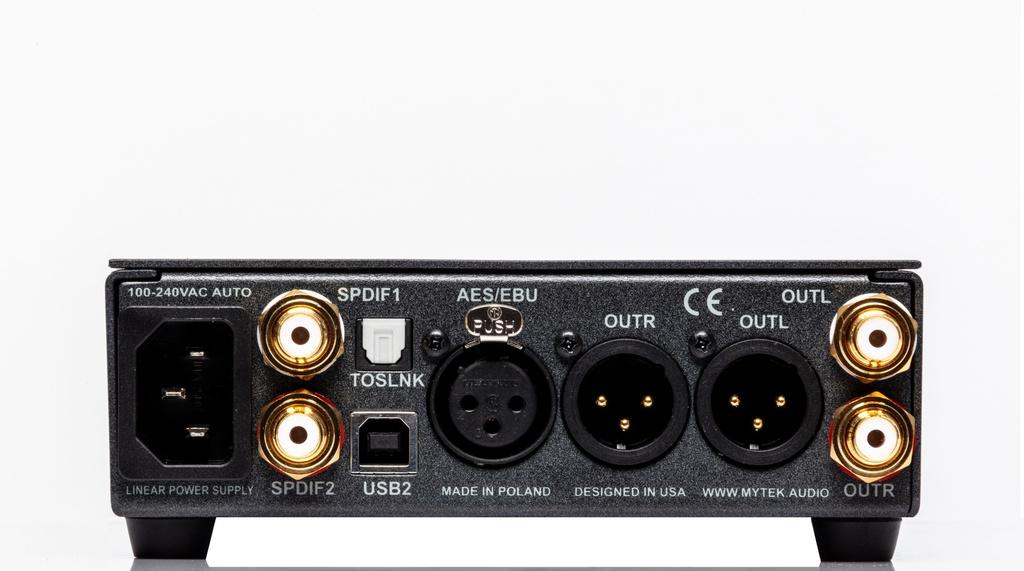
DAC offerings is their versatility due to their use of state of the DAC integrated circuits. The Liberty DAC II can decode not only MQA, but linear PCM up to 384kHz and DSD256 or 4 times the base DSD64 rate.
Since I had a Brooklyn in house, the model that was revised then eventually replaced by the Liberty II, I hooked the old girl up…Placing them side by side and level matching, it was quick work to swap XLRs and Wireworld’s Starlight 7 USB. I found the primary difference to be a much shallower soundstage, with a slight loss in clarity. Queueing up none other than Michael Jackson’s 40th anniversary edition of
academic, less involving presentation. Overall, the groove factor was less, the Liberty II was more…alive.
The Liberty DAC II lacks a very rare feature that Mytek used to include but no longer does…the ability to bypass MQA decoding on command. Fortunately for me, I was listening to last year’s energizing and cleanly recorded Dance Fever by Florence + The Machine [TIDAL 48/96k MQA].
Since, for this review, I stuck exclusively to playback via Amarra Luxe, I realized I could insert a certain plug–ins in the chain and use that plug–in to force an MQA bypass. Since I usually listen through my company’s
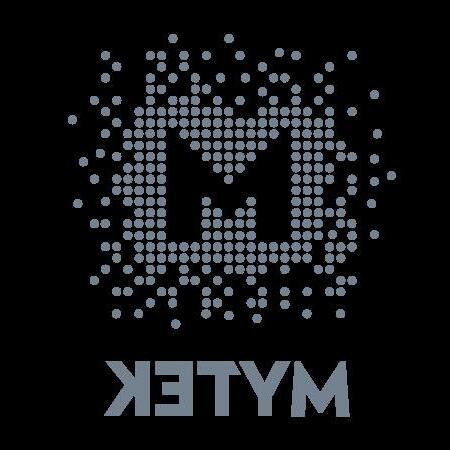

MAATgo plug–in anyway, I instantiated it leaving the balance control at zero or unity gain and popped the Balance control in and out. On King, the first cut from the Florence album, it was instructive to instantly hear the massive soundstage collapse with an accompanying loss of low end heft. Also, the top end diminished and grew faintly mushier. All that as I moved back and forth from un–
Alley [TIDAL 48/96k MQA] from the album of the same name is a close mic’d piece. Porter’s textured, mellifluous voice combines with Alicia Olatuja’s subdued doubling to good effect. Tivon Pennicott’s mellow horn driven by Emanuel Harrold’s pillowy trap drums is painted as a relaxing thing of beauty by the Liberty DAC II. Out of curiosity, I dug around for the deluxe

case of Dance Fever, I was fortunate to have two 96k versions at hand; the MQA–encoded TIDAL version and the FLAC–encoded Qobuz version without MQA’s increased focus. Between the two, I preferred the MQA render, with its temporally tight little somethin’ extra.
Shifting from pop to the jazzier side of the street, Gregory Porter’s Take Me To The
smallness of the recording. Small in the sense of soundstage I had not noticed prior. Comparing it to Snarky Puppy’s Grammy Award–winning Sintra [TIDAL 44.1k MQA], the puppy chow was markedly larger, lusher, far more dynamic and enveloping; better in every way from an audiophile perspective. I love both artists but Esperanza’s Craft release sounds like it was recorded with



some fairly low rent gear, and that’s even with the help of a higher sampling rate.
Mastering engineers in particular value timbral honesty, at least in principle. That means confining “color” to “effects” hardware or plug–ins, where distortion can be applied on an as–needed basis. Professionally, I came up in my customer’s mastering suites, honing my listening skills on many truly reference–class pro playback rigs. Approaching the latest Mytek converter, my expectations were that it should not only better my original Brooklyn, but should compete with any DAC equal to or double in price. I assumed it would provide a clearer, more open and honest portrayal of the incoming data stream than any DAC I have recently reviewed, and I was not disappointed. Despite its unassuming appearance, relative affordability and pleasantly diminutive size, the Liberty DAC II brings the listener closer to an artist’s intent than any converter I’ve heard at anywhere near its price. It may be too honest, too linear for some folks who want a velvet painting rather than a photograph but, for me, it’s a definitely worthy consideration. Highly recommended. Mytek Liberty DAC II $1,495 https://mytek.audio/
‡ – soundBlade in turn, sired Amarra, now Amarra Luxe, the first dedicated HRA music player application. soundBlade
completely bypassed a computer’s operating system and audio playback mechanisms, resulting in audibly superior fidelity. The same with Amarra. It offered, and still does, several other key features that held it above all the other audio file players at the time, like Winamp. Amarra was capable of commanding a DAC to automatically switch sampling rate to match the current file’s rate. This is key to avoiding quality–degrading sample rate conversion, especially during real time playback. It also employed an ultrafidelity “repro engine” and very musical equalizer originally incorporated into soundBlade for CD and later DVD-Audio, SACD and BD mastering. Amarra Luxe will perform the first “unfolding” or stage one decoding of an MQA data stream; see the second footnote below.
– MLP or Meridian Lossless Packing was the lossless codec developed by Peter Craven et al at Meridian, which became the mandated codec for data compaction in the DVD–Audio standard. The scalable MQA codec is an extremely clever expansion on the basic principles of MLP. “Scalability” refers to a system’s ability to adapt to conditions and limitations imposed on it during transport and/or delivery of the audio data. MQA can provide quite high fidelity lossy, data–compressed audio to “narrow pipes” like cellular data connections through your phone and lossless audio to very “fat pipes,” such as via ethernet or Wi-Fi streaming. Because MQA is a hierarchical or nested codec, it is also able to deliver the highest quality when an MQA DAC is coupled with their decoding software. Think of Russian–style Matryoshka, where dolls of decreasing size are contained within larger versions. In the case of MQA, higher resolution data is embedded or hidden inside a lower resolution virtual container. Any player can read the base low rez file, while MQA software will “unpack” or recover an intermediate, higher resolution version. When that intermediate is fed to MQA–equipped hardware, such as a DAC or streamer appliance, the final unfolding or data recovery process is accomplished in hardware. MQA software, in conjunction with MQA hardware, results in lossless recovery of the original data as delivered by the artist or label. So, what appears to be a 48k file, when properly decoded, can be played back at as up to 384k. MQA also partially compensates for temporal smearing that occurs in the record chain. At the time of writing, the company MQA Limited fell into receivership when their primary investor pulled out, casting a pall of uncertainty over all things MQA. Like ALAC before it, another formerly proprietary advanced audio file format, maybe MQA will become open source which would be a boon to audiophiles everywhere.


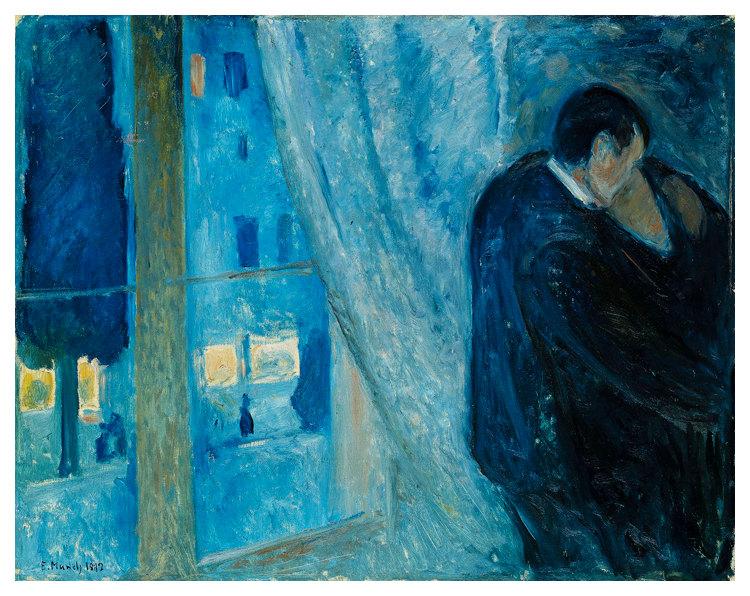 Edvard Munch - The Kiss, 1892
Edvard Munch - The Kiss, 1892

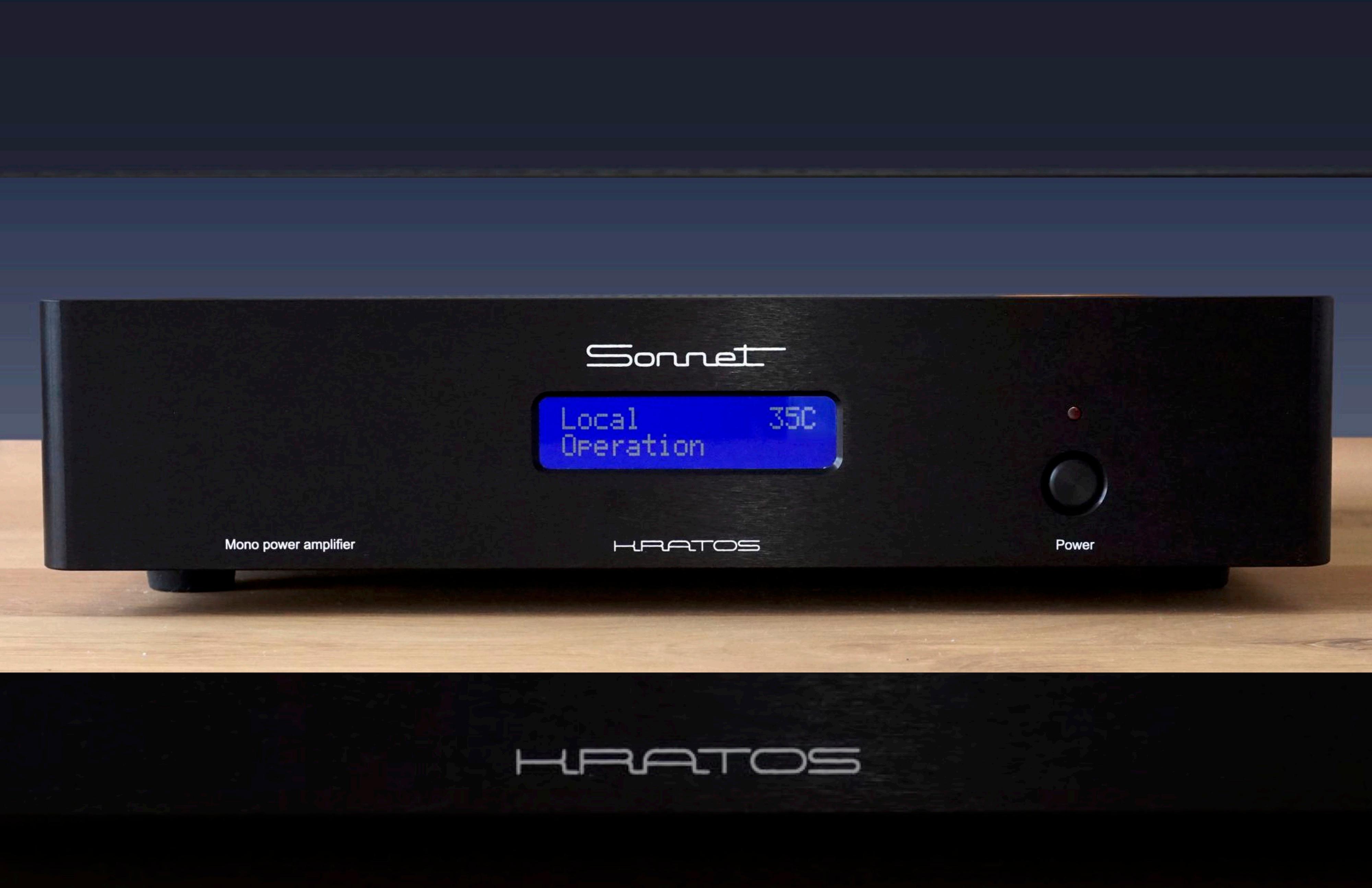
 By Andre Marc
By Andre Marc

After having reviewed the stellar Sonnet Digital Audio combo of digital components, the

mono block amplifiers. As with the other Sonnet products, the Kratos were designed in the Netherlands by the chief architect of Metrum Acoustics, Cees Ruijtenberg.
The Kratos amplifiers use a high voltage FET transistor input and a Class A/B MOSFET output. The amps put out 50 Watts per channel into 8 Ohms and this almost doubles to 95 Watts per channel into
4 Ohms. According to Sonnet, they choose a very robust power supply, and they employ judicious feedback for linearity and damping factor. The Kratos are a true balanced design, with selectable XLR and RCA inputs available.
The amplifiers have a very manageable footprint, weighing in at 9 lbs each, and being no wider than a shoebox. They are very sturdy however, as the workmanship is tip top. They have a few nice most welcome features as well. There is a selectable automatic music detection circuit that will activate the amps when they receive a signal, so one does not have to turn them on or off manually. They also have a temperature read out on the front display, The amps can be ordered with a black or silver faceplate. Our samples arrived with a
The Kratos were used with by Rogue RP-5 preamplifier, a Byrston BDA-3 DAC, a Sonore microRenu 2 streamer, and the speakers were Magnepan 1.7i. The analog source was a Rega Planer 6 turntable. Cabling was Audio Art Cable all around.
 Vincent Van Gogh - The Saint Paul Hospital, 1889
Vincent Van Gogh - The Saint Paul Hospital, 1889

immediately struck by the sheer scale and depth the Kratos produced with this song, and on the rest of the album. It was a clear window into the band’s studio genius.

nothing short of spectacular.
We then went back to a bit of classic rock, spinning original pressings of Supertramp’s 1978 release, Breakfast In America. By this audiokeyreviews.com
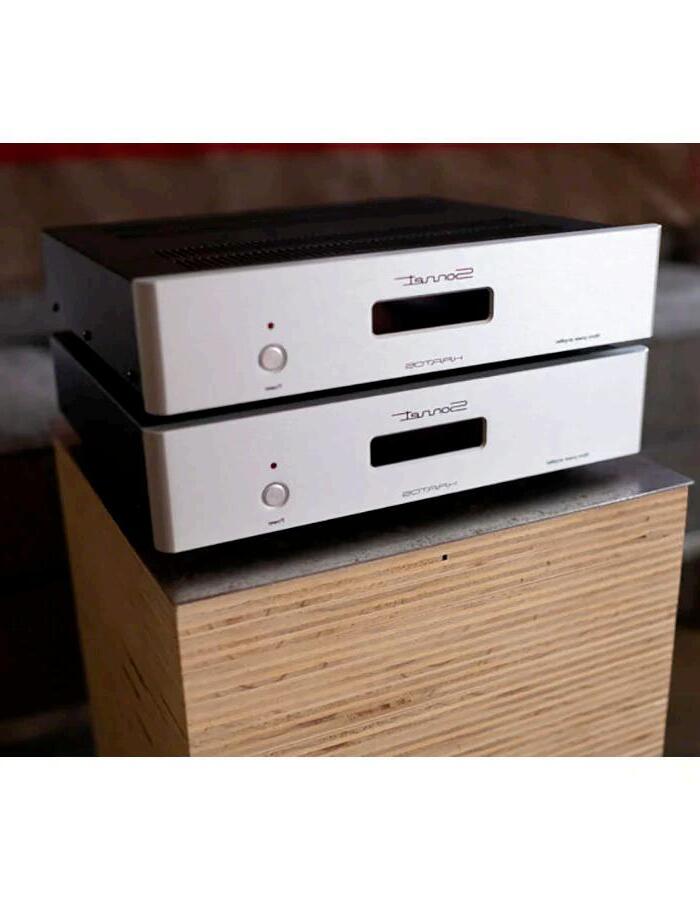
time the band had moved away from their prog rock roots to produce more structured, tighter, and radio friendly tunes, but still with tons of craft. “The Logical Song” is the biggest hit on the record, along with “Take
The Long Way Home”, a close second. The entire platter is a great listen. It was time travel back to our youth hearing these songs with fidelity unmatched back in those days. The layered vocals, the quirky keyboards, and the distinct vocals of Roger Hodgson were holographic and multidimensional.
We received a batch of excellent recent SACD releases, and put them to good use in evaluating the Kratos. Some of the standouts are the Mobile Fidelity DSD remasters of the entire Eagles studio output, the Analogue Productions remasters of Jethro Tull’s Stand Up, and Pink Floyd’s Animals. All of these SACDs were, to our ears, the definitive digital versions of these recordings. The analog like texture, along with the natural dynamics, were tailor made for amps like the Kratos. We have found that high quality DSD remasters or recordings can really reveal the limitations of any amp, and no obvious holes appeared anywhere.
Pivoting to newly recorded music, we are smitten by two albums by Barcelona born Magali Sare, Esponja, and reTORNAR. The music defies categorization, and can maybe be best described as avant garde Flamenco Jazz, but even that may not cover it. The
recordings are stellar, and she is a multi instrumentalist with degrees in flute, piano, and voice. The albums are simply intoxicating, and the 24 bit downloads were so dimensional and present in the room via the Kratos that this was the highlight of the review period.
We then stumbled upon a band from Germany, called Broken Radio, and their album Dirty Country. Interestingly they make American influenced music with touches of spaghetti Western flourishes. The songs would fit well in a Quentin Tarantino film, and are cinematic on their own. The acoustic guitars, vocals, and dust bowl treatments were just sublime through the Kratos, with bass lines offered with great articulation, and acoustic guitar strings and other transients appearing in a very precise soundstage.
One of our last listening sessions with the Kratos was cycling through a bunch of Stereolab 24 bit remasters. This legendary British band fused subtle electronics, dreamy vocals, ambient flourishes, and experimental pop to create a highly original sound. Albums like Dots And Loops, Emperor Tomato Ketchup, and Cobra and Phases Group Play Voltage in the Milky Night, all digitally remastered recently, had such presence, while the sparkling rhythms were irresistible through the Kratos and rendered with all their impeccable timing and syncopation.

The amplifiers worked flawlessly during our time with them. On one particularly warm day the front display on one of the amps indicated the operating temperature was reaching close to its maximum after an extended listening session. Interestingly, that unit did not seem overly warm to the touch. We simply shut it down for a period, let it cool then had another listening session with no issues.
Sonnet Audio is offering excellent value here with the Kratos mono block amplifiers, taking into consideration the harmonically rich and spacious sound. It was essentially impossible to find a flaw with these beautifully built amps, and they had plenty of power to drive 4 Ohm speakers.
If a digital library is the source, a perfect pairing would be Sonnet’s own Morpheus DAC with its balanced outputs and built in volume control. In fact, this would be the shortest and purest signal path. Hats off to Sonnet Audio and their attention to detail, and for producing products that put the music first.
There are very few excellent solid state amplifiers at this price range, and even fewer mono blocks. If the goal in the design was no frills sonic purity, it has been achieved with flying colours. Highly recommended.
Kratos mono power amplifier
• 50 Watt into 8 Ohms, 95 Watt into 4 Ohms
• Class A/B
• Distortion 0.040% THD
• Output impedance 0.10 Ohms
• 110/115V AC 220/230V AC 60/50Hz
• Output Noise 310µV RMS A weighting
• Frequency Response 10 - 230.000 Hz – 3dB
• Slew Rate 100V / µSec
• Input Imp. RCA 15 KOhm, XLR 60 KOhm
• Gain: 22dB
• Max Power consumption 400 Watt
• Main Voltage 110/115V AC, 220/230V, 60/50Hz
• Dimensions 290 x 250 x 60 mm
• Weight 3.9KG
THE COMPANY/DISTRIBUTOR
Rob Fritz
Audio Art Cable
San Diego, CA 92115
Direct: 619-255-6451
Voice or Text: 619-417-3035
rob@audioartcable.com
 Tamara de Lempicka - Bouquet de violettes.
Tamara de Lempicka - Bouquet de violettes.
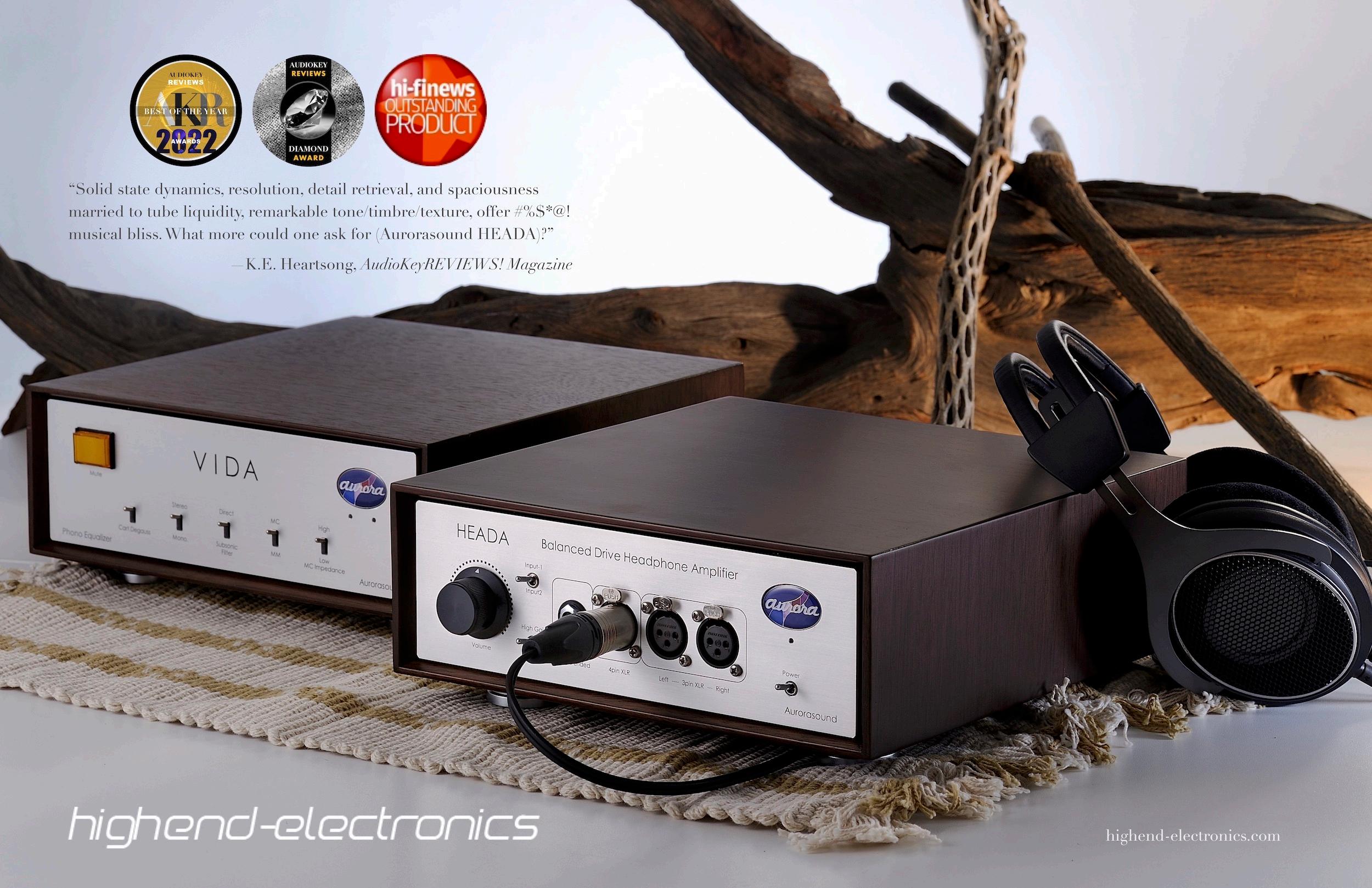



Audio Hungary made quite an impression on us with their X200 tubed integrated amplifier (review forthcoming/insert link). We were eager to hear more of the company’s products. The Qualition tubed phono stage arrived to satisfy
well, for perfect cartridge matching. According to Audio Hungary, the preamp should work with virtually any cartridge. Ours had the MC card preinstalled.
The tube compliment consists of 4 x ECC83; 2 x E88CC NOS, hand chosen by

that desire. Our review unit came smartly finished in polished stainless steel, and features an outboard power supply. The unit retails for $5000 in stainless steel, and for $4500 with a black finish,
The Qualition phono stage is available with a Moving Magnet card by default, or a Moving Coil card, which can be installed at the factory, the dealer, or by the end user. The Moving Coil card is user configurable as
Audio Hungary. Full disclosure, this is our first review of a tubed phono preamp. What we found, is that we having been missing out on what tubes can do for vinyl playback!
There is a slot on the back of the main unit’s chassis that offers an easy swap out of the MM and MC cards. The cards can easily be accessed by removing four screws. Then it is just like inserting a board into a computer, snap it in, and you are done. The inside of the


 Claude Monet - Red Water Lilies
Claude Monet - Red Water Lilies
chassis features a smart thermal design for quality umbilical cord. The build quality of both units is excellent, as one should expect at this price point. Thankfully, neither box has a large footprint, and are easy to insert into an likelihood of any interaction. No special tweaks were used aside from an Audio Art Cable power cord on the power supply.



Right

the big, spacious sound of the mix. I have had this release in every format available, from CD to 24 bit download, to SACD. The Audio Hungary phono preamp made the album sound more coherent than any previous vinyl spin I had experienced. Hats off to Kevin Gray’s excellent mastering as well. It was time to pull out stacks of familiar records!
One of my favorite all time folk rock records is the self titled 1968 debut album from Fairport Convention. After searching long and hard on ebay we finally scored a
playable copy. Having only had pretty decent texture.
I had used Elvis Presley’s late 60’s recordings, remastered in 24 bit, 96 kHz, as references for several reviews, However I managed to score original RCA pressings of From Elvis in Memphis, and Back In Memphis just for this review. The Audio Hungary preamp brought these albums to life and were even more enjoyable than the 24 bit downloads, despite some mild surface noise. Tracks like “In The Ghetto”, “Inherit The Wind”, and “The Power Of My Love” had tons of emotional impact and the Audio
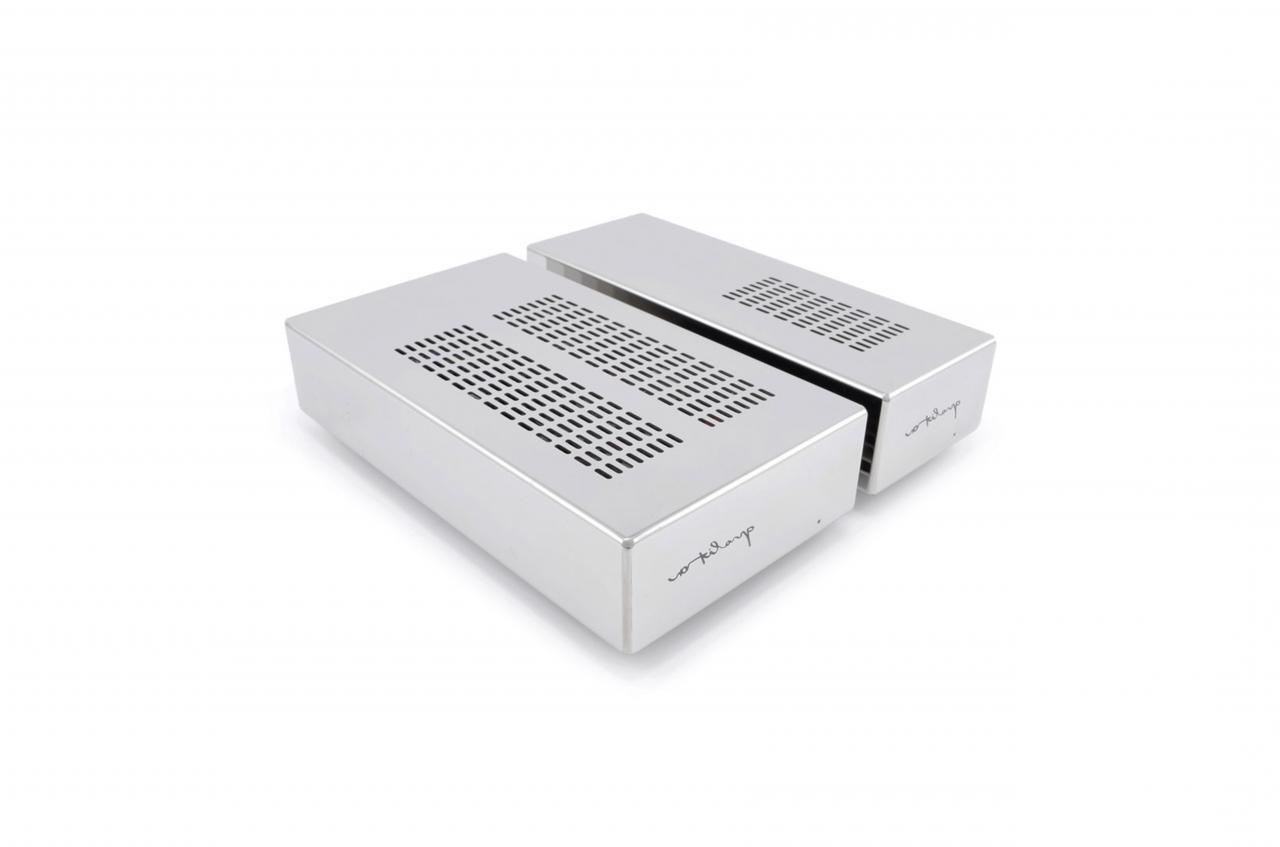
 from the get go, when the needle
from the get go, when the needle
 Vincent Van Gogh - Still Life
Vincent Van Gogh - Still Life
Hungary provided a wonderful sense of flow and detail.
An album that has been tugging at me to revisit is Pete Townshend’s All The Best Cowboys Have Chinese Eyes, from 1982. It is a brilliant work, and recorded very well. The Audio Hungary was especially effective in rendering the bass lines, various keyboard parts, and Townshend’s lead vocals. I heard more space in the mix I had previously, especially on tracks like “Stardom In Action”, “Stop Hurting People”, and “Exquisitely Bored”.
One of the final albums I spun with the Audio Hungary in the system was Rod Stewart’s very first solo record, The Rod Stewart Album, released in 1969. It is one of my all time favorites because of it’s rawness, and the contributions of Ron Wood on guitar, and Keith Emerson on organ. The album offers a mix of folk, blues, and rock. Stewart’s voice was a thing of wonder, and the Audio Hungary preamp was superb in rendering the different dynamic shades of tracks like “Blind Prayer”, “Handbags & Gladrags”, and a cover “Street Fighting Man” by the Rolling Stones. Simply divine!
The Audio Hungary phono preamp was an ear opener in several ways. It allowed me to
hear what a high quality tube based unit can do for vinyl playback. Namely, adding harmonic richness and natural tonality, assuming you have a turntable and cartridge up to the task, and all your other ducks lined up.
While not an entry level phono preamp, it may be the last one you need, as we found it impossible to listen to records casually or as background music, we just kept getting drawn in.
Aside from it’s sonic virtues, we also love the Audio Hungary phono stage because it is made by a small company with a lot of attention to detail. As with the X200 integrated amplifier, the phono stage was a pleasure to use. An audition by vinyl enthusiasts looking for a wonderful tubed phono preamplifier is highly recommended.
PRODUCT INFORMATION
Audio Hungary Phono Preamplifer: $5000 Manufacturer product page: https://audiohungary.com/product/phono-riaa-corrector/27
US importer: Mark Sossa, Well Pleased AV https://wellpleasedav.com/ AKRM-C


 Edward Hopper - Rooms by the Sea, 1951
Edward Hopper - Rooms by the Sea, 1951


Welcome to AudioKeyREVIEWS Magazine Canada’s Recommended Components, which will become part and parcel of each of our various issues. The purpose of this section is to acquaint the reader with products—speakers, DACs, amplifiers, preamplifiers, turntables, headphones, IEMs, streamers, portable audio, etc.—that we feel are quite exceptional and rise above their like brethren. There will be three categories—Budget, Mid-Tier, and Top-Of-The-Line. In our Budget Recommendations there will be products that compete far above their respective price point and are, generally, also built to reflect this.Our Mid-Tier Recommendations will encompass those products within arms reach, in terms of relative affordability, that present value and a challenge to the vanguard of their respective product niches. Finally, our TOTL Recommendations will be composed of those products that are at the cutting edge of technological advancement now happening across the world. The three categories of recommendations will rotate across the various issues of our magazine and there will also be a fluidity to the products within the various lists. Things change and especially now given our current technological epoch. The various lists, however, will be fixed on the AudioKeyReviews.com website.



 Richard Diebenkorn - Ocean Park No. 54, 1972
Richard Diebenkorn - Ocean Park No. 54, 1972
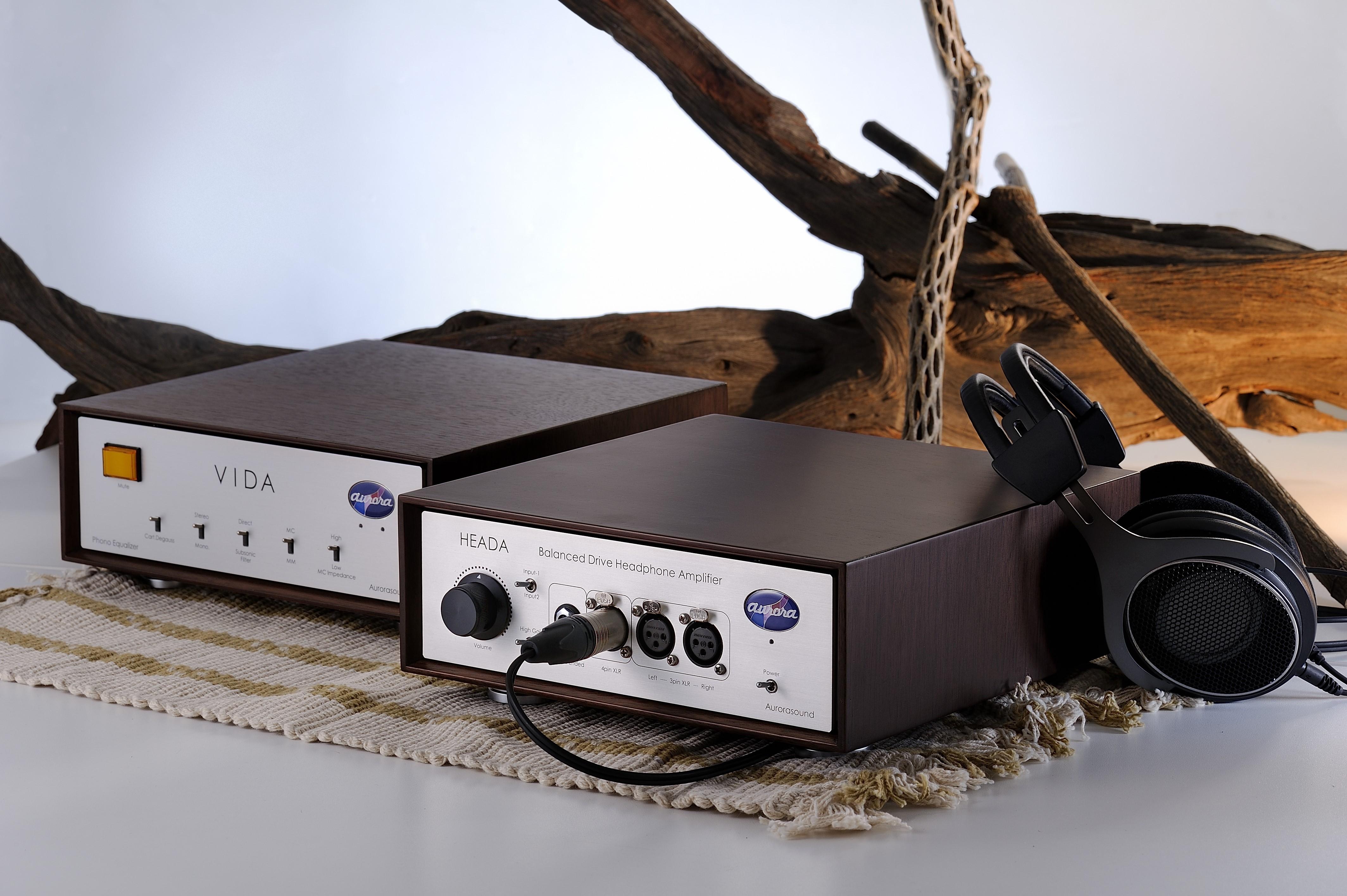

AURORASOUND HEADA $2999: If you’re looking for an endgame headphone amplifier and even if your headphone amplifier is more expensive, try this one, you may be quite surprised. That said, the Aurorasound HEADA headphone amplifier is a top echelon component and an easy DIAMOND AWARD winner.


SILENT ANGEL RHEIN Z1 $2299: The Rhein Z1 and Forester F2 combo played far above the league that their combined price would indicate. For many, this $3,900 combo may well represent an endgame streamer/ power supply capable of exceptional fidelity with DACs from entry level to those on the cutting edge.
ABYSS AB1266 PHI TC $5999: I think that I’ve said it all. The Abyss AB1266 Phi TC is a phenomenal headphone. It brings an undying passion for musicality and a ferocity for transparency and clarity and detail retrieval, formerly the domain of the best electrostatic headphones. But this planar headphone speaks that language—electrostatic—fluently and well.







TORUS RM20 $3999: Can you say pristine, natural, open, and unhindered frequency response? Wide dynamic range? And there were oceans of detail, air, microdynamics, and ambience rendered by the Torus RM 20. It was not subtle. On the contrary, it was stunning.
RSX POWER8
$399: The RSX Power8 clearly holds to the dictum, “Do no Harm,” to the system in which it is being utilized. What it, in fact, offers is pure, clean power, a testament to the meticulous parts selection, research, and conscious minimalism all employed in its design. suffice to say, that it has no competitors at 3 to 4 times is cost.
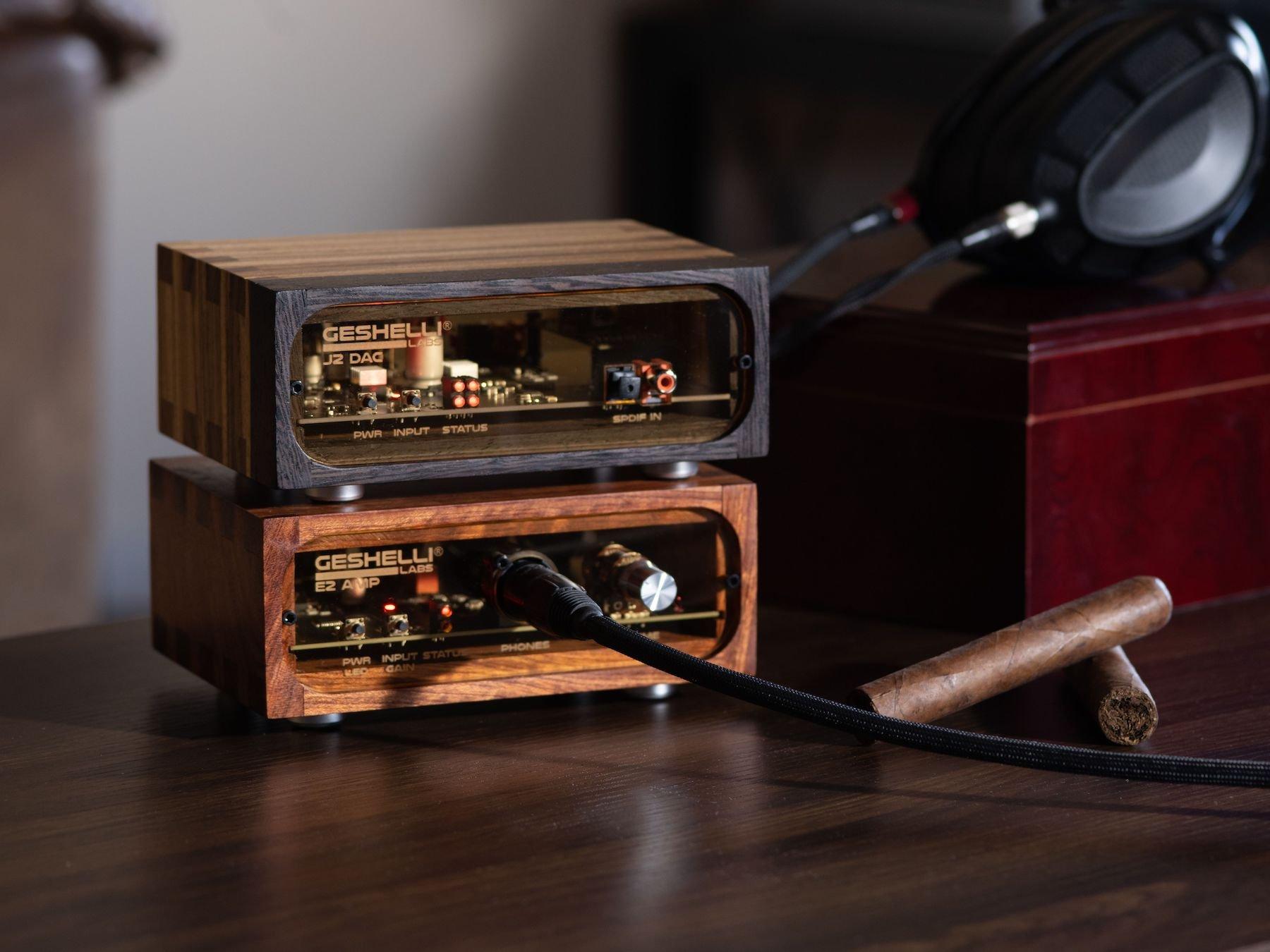
GESHELLI LABS ERISH2 [E2] $219.99, JNOG2 [J2] $249.99: Disinterested in ostentation, Geshelli Labs believes in real world pricing with high fidelity performance. Their JNOG2 plus ERISH2 are a petite and potent bargain. With just enough character to put flesh on bone, the classy little twosome sets your music free without excessive color or dispensable features.




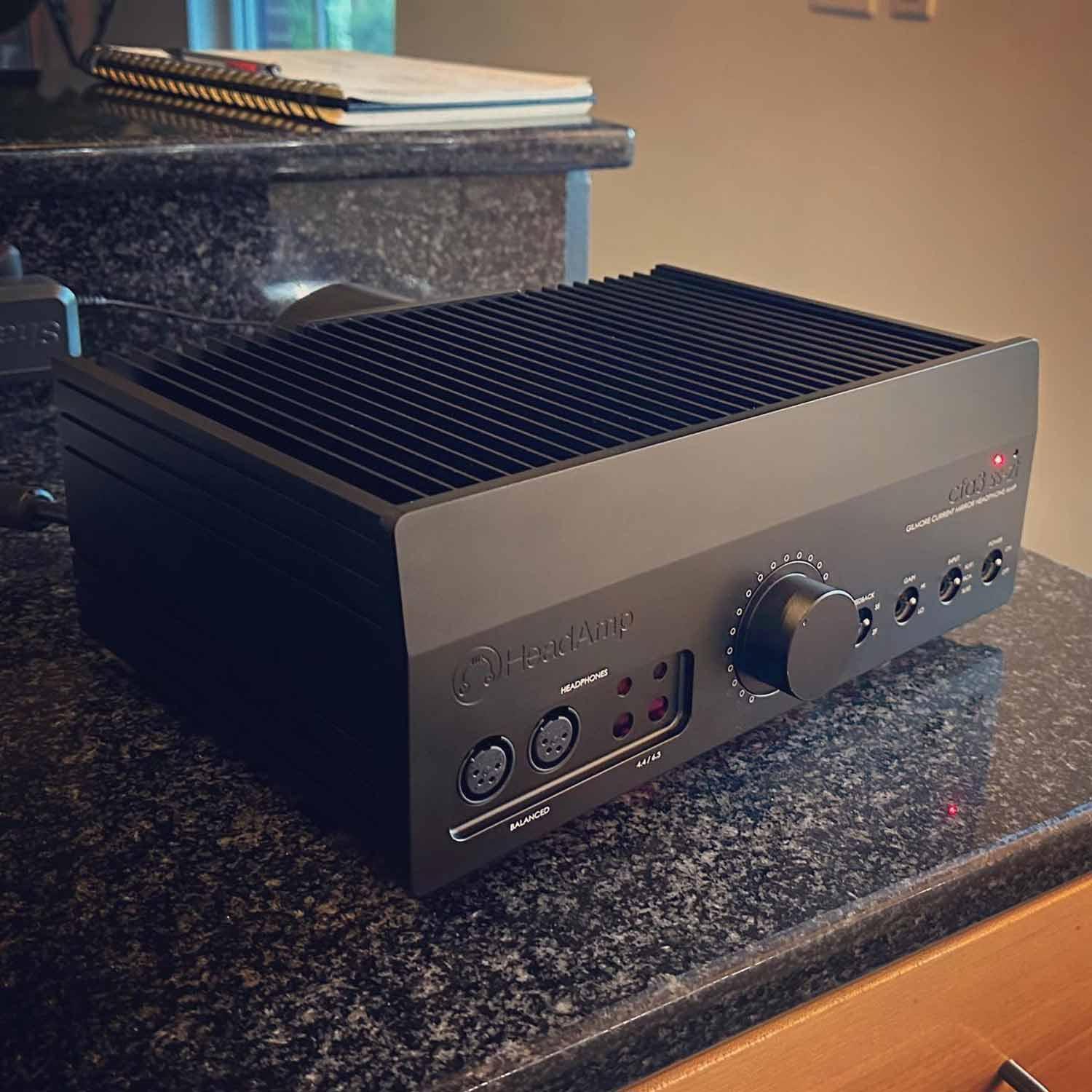


JULY 1, 2024

HEADAMP CFA3 HEADPHONE AMPLIFIER
DAN CLARK EXPANSE HEADPHONE
BOENICKE W11 LOUDSPEAKER
ANTICABLE LEVEL 6 SPEAKER CABLE
AND other reviews, columns, interviews, videos, etc.
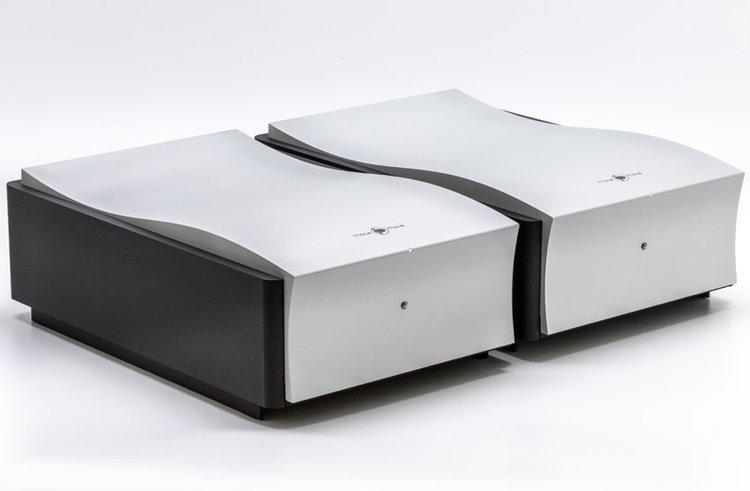
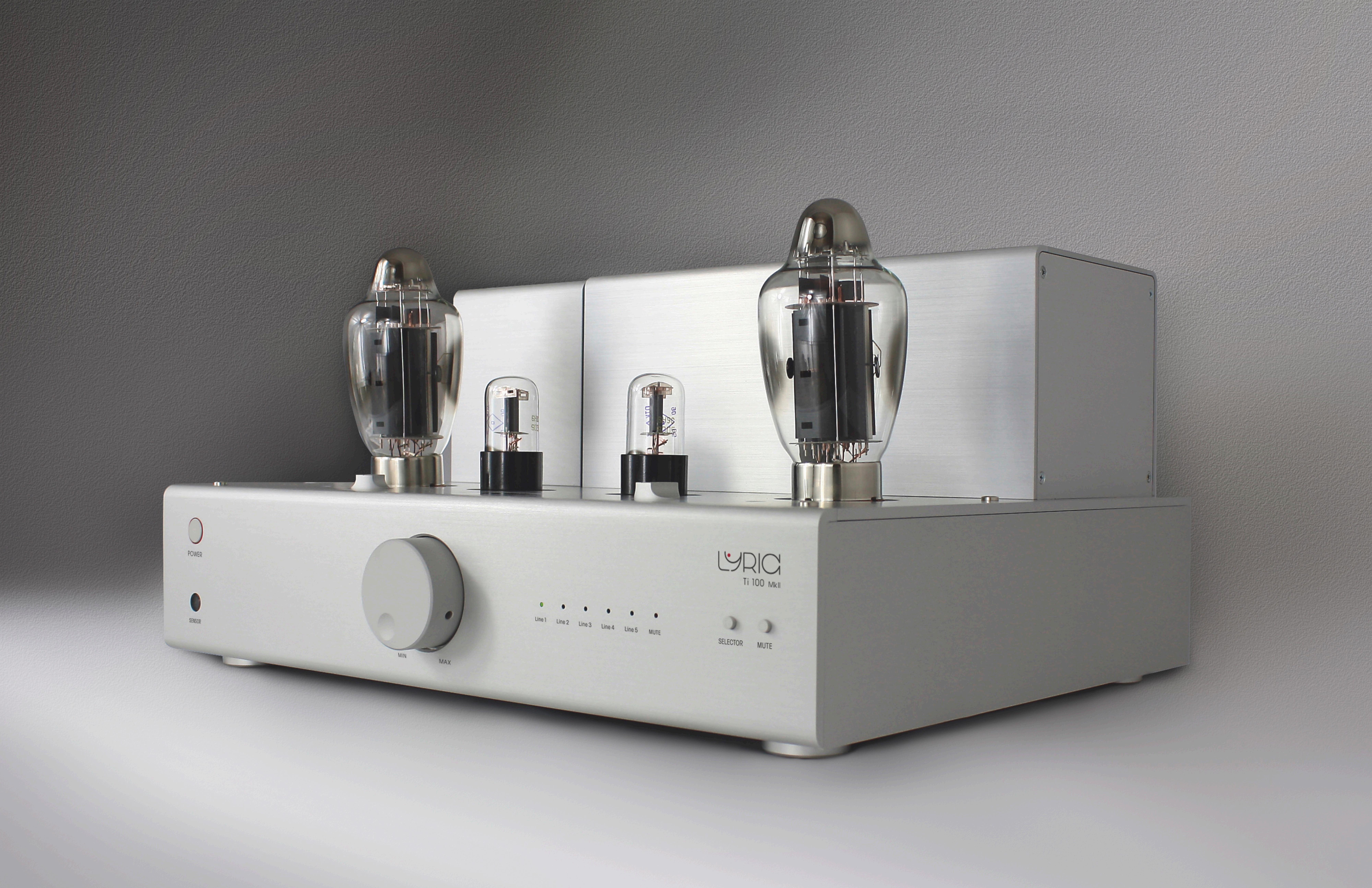

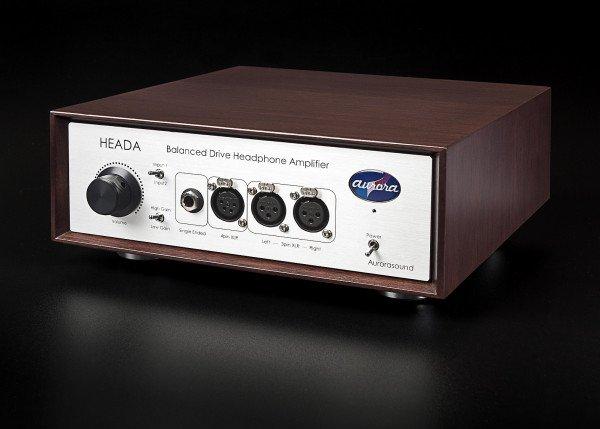
HEADA HEADPHONE AMP
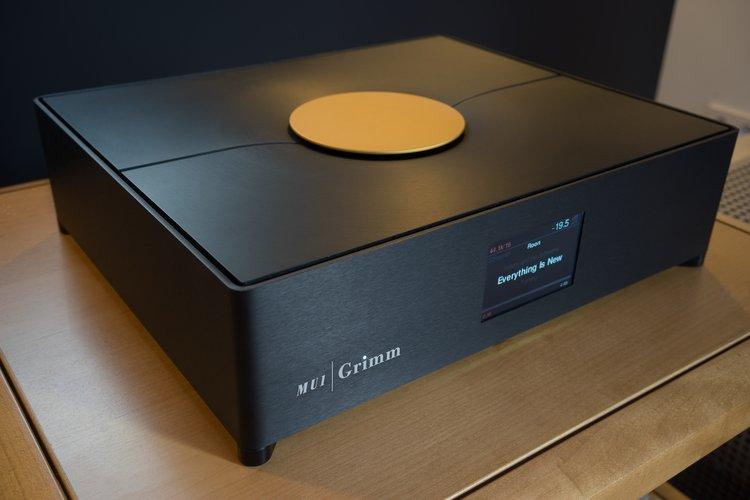
 GRIMM AUDIO MU1 STREAMER
GRIMM AUDIO MU1 STREAMER

ABYSS HEADPHONES
ANTICABLE
AUDIO ART CABLE
AUDIENCE
BAETIS AUDIO
BOENICKE AUDIO
BRICASTI DESIGN
DAN CLARK
GESHELLI AUDIO
GRIMM AUDIO
GTT AUDIO
HEADAMP
HERMAN MILLER
HIGHEND-ELECTRONICS
KUBALA-SOSNA
LEMAY AUDIO
LYRIC AUDIO
MADLY AUDACIOUS
CONCEPTS

MAPLE HIFI
MOJO AUDIO
MOLA MOLA
MYTEK SILENT ANGEL
SONIC ARTISTRY
TORUS POWER
TRI-ART AUDIO
TRI-CELL ENTERPRISES
 Vincent Van Gogh - Irises
Vincent Van Gogh - Irises







E LECTRIFIED S TABILIZATION P LATFORM

The Last
You’ll Ever Need



